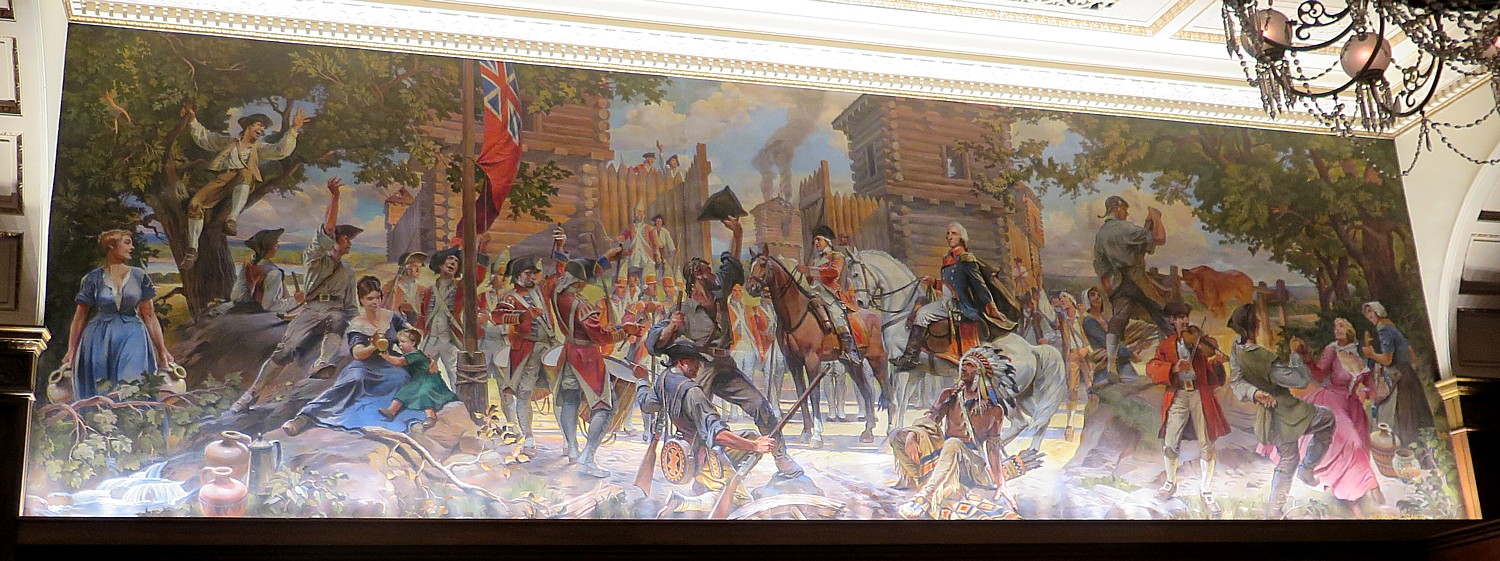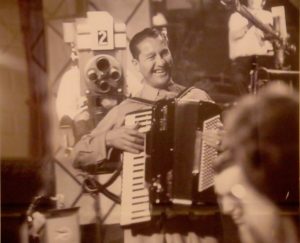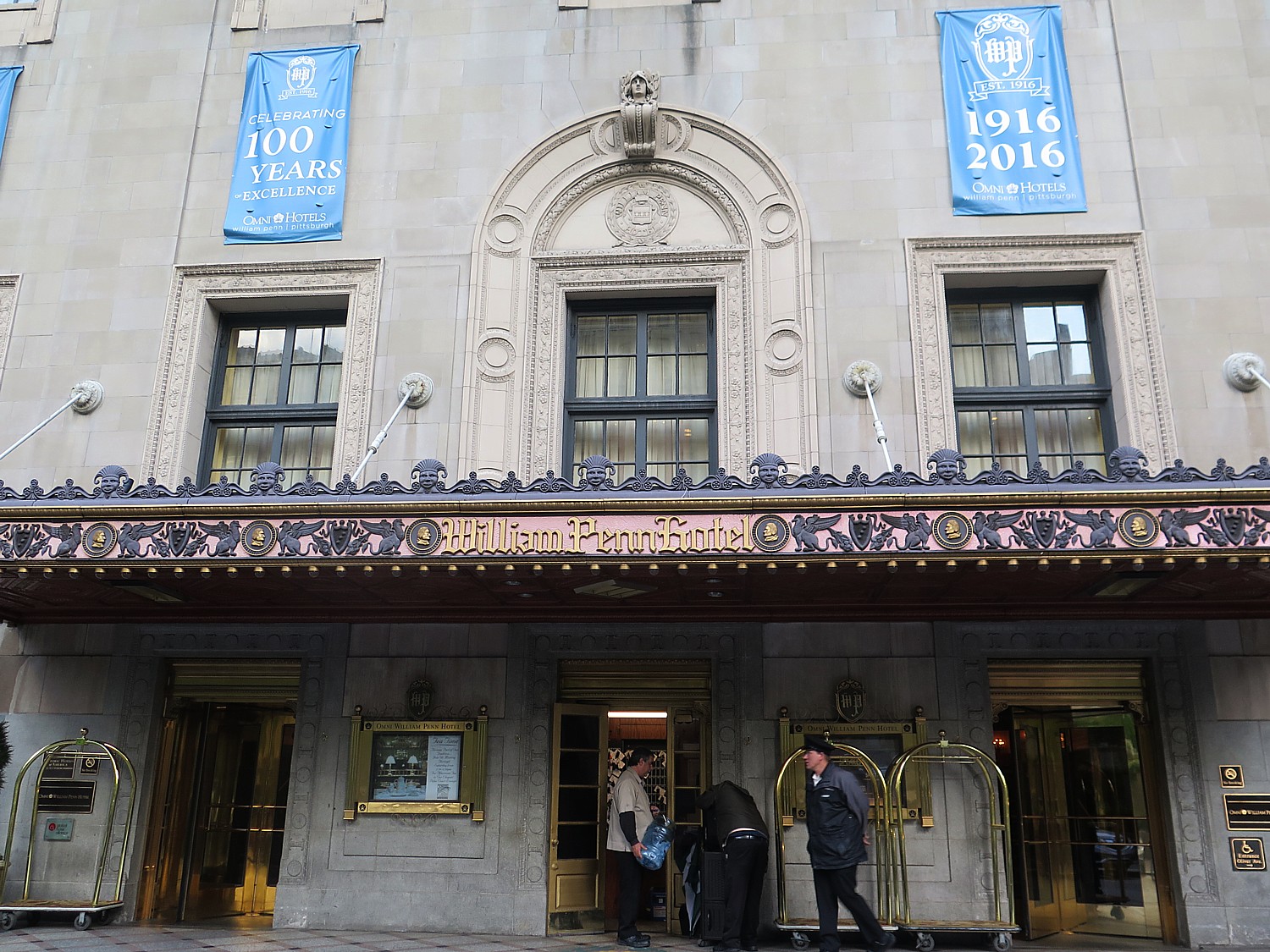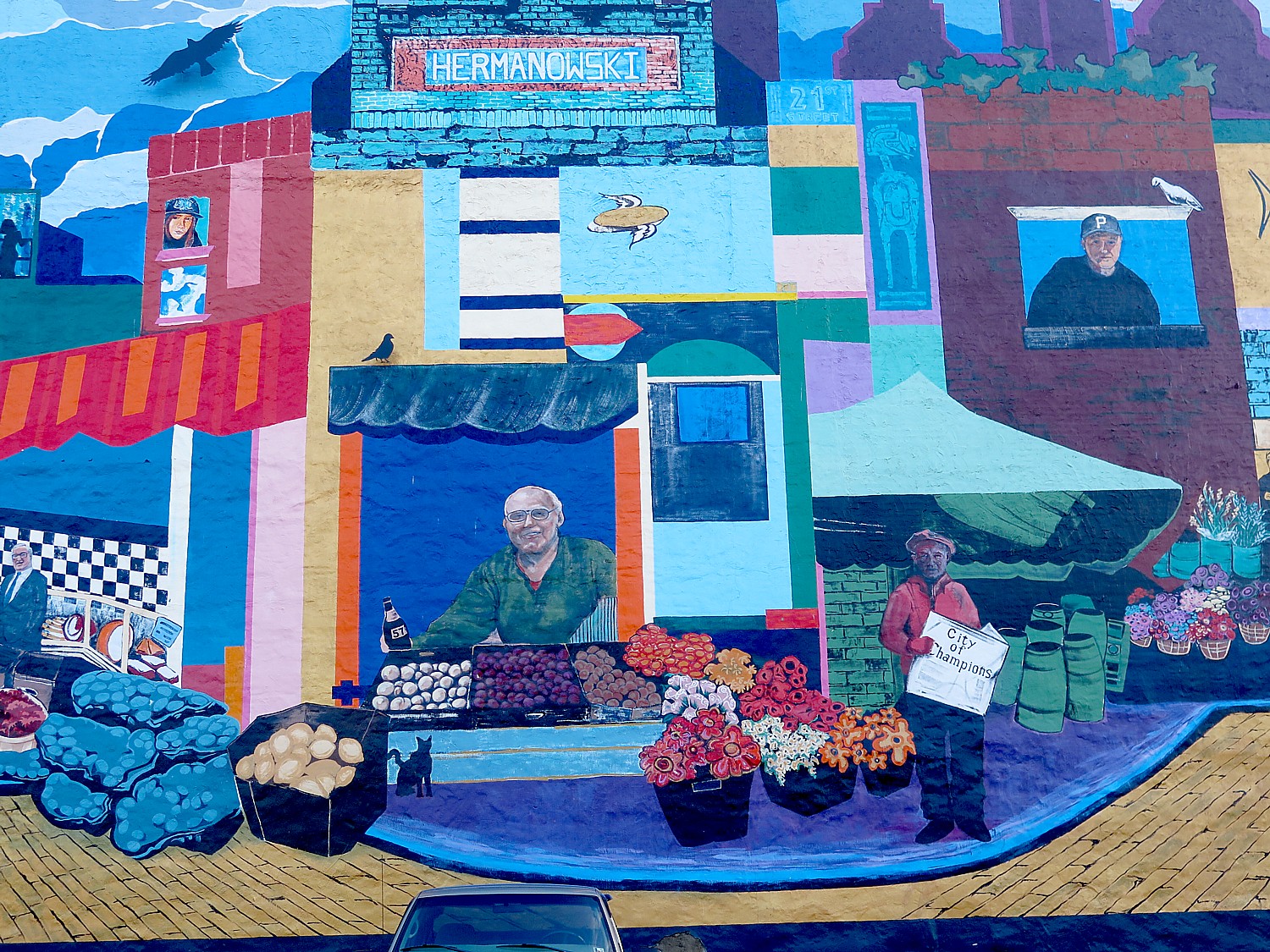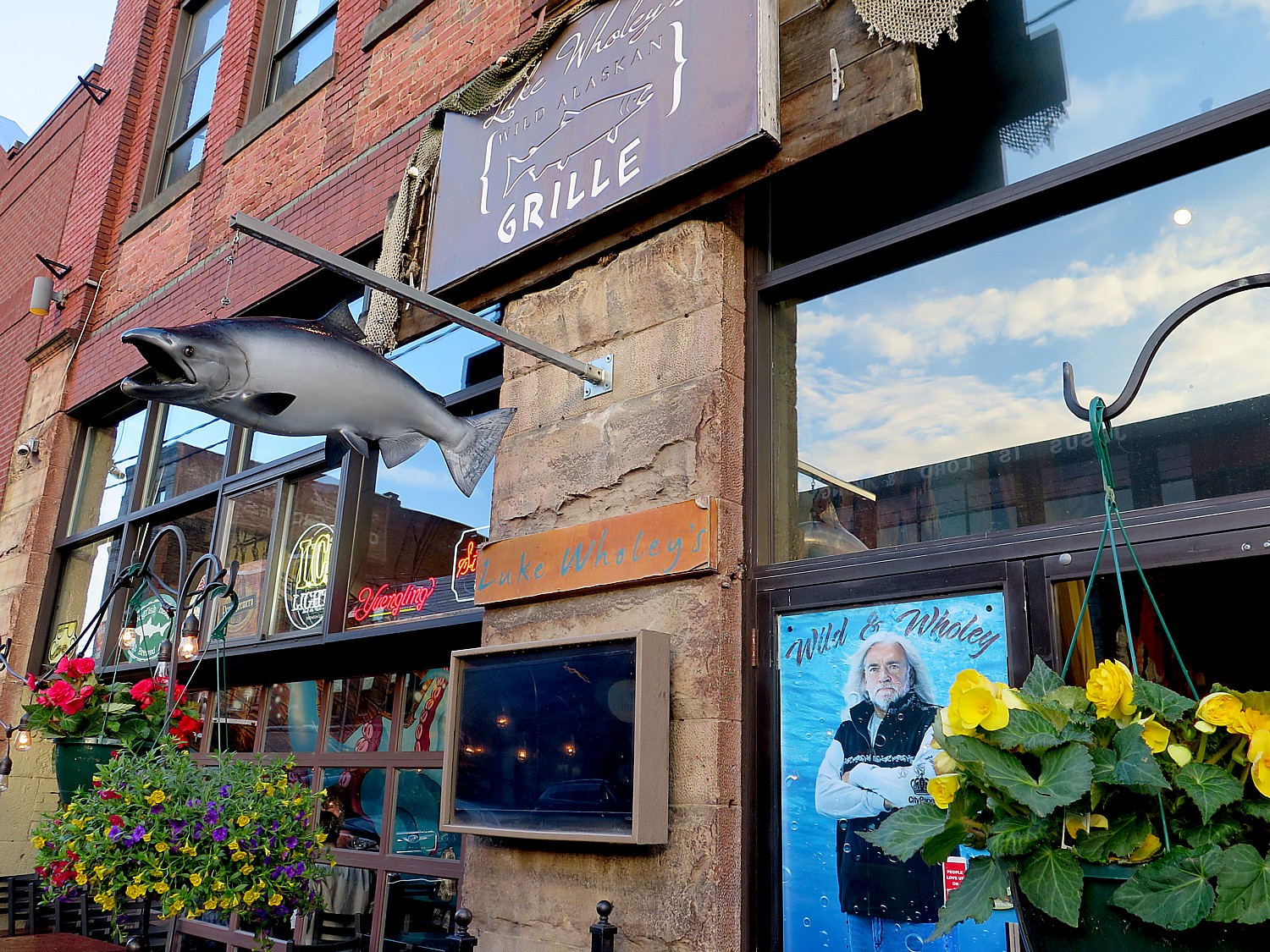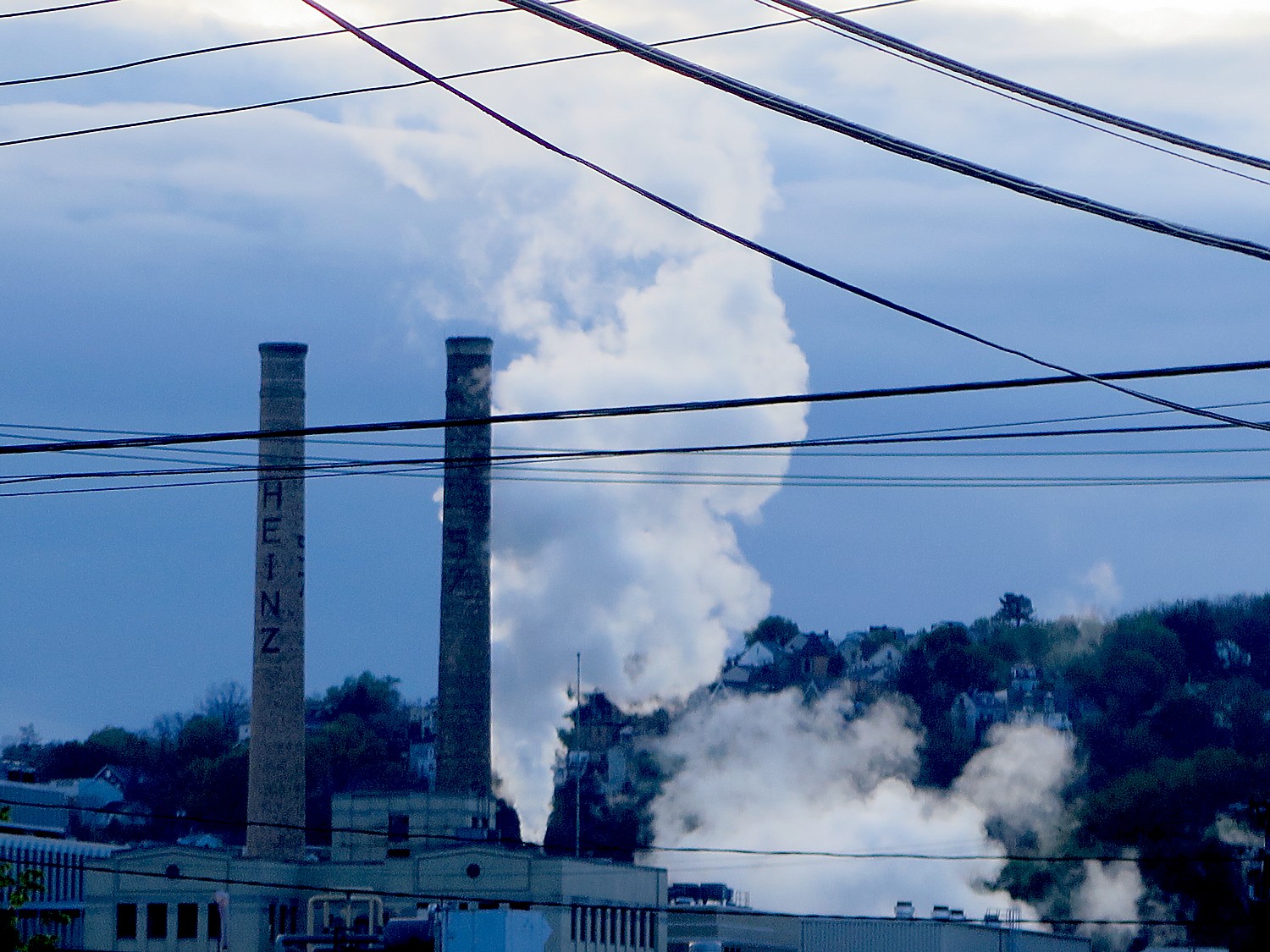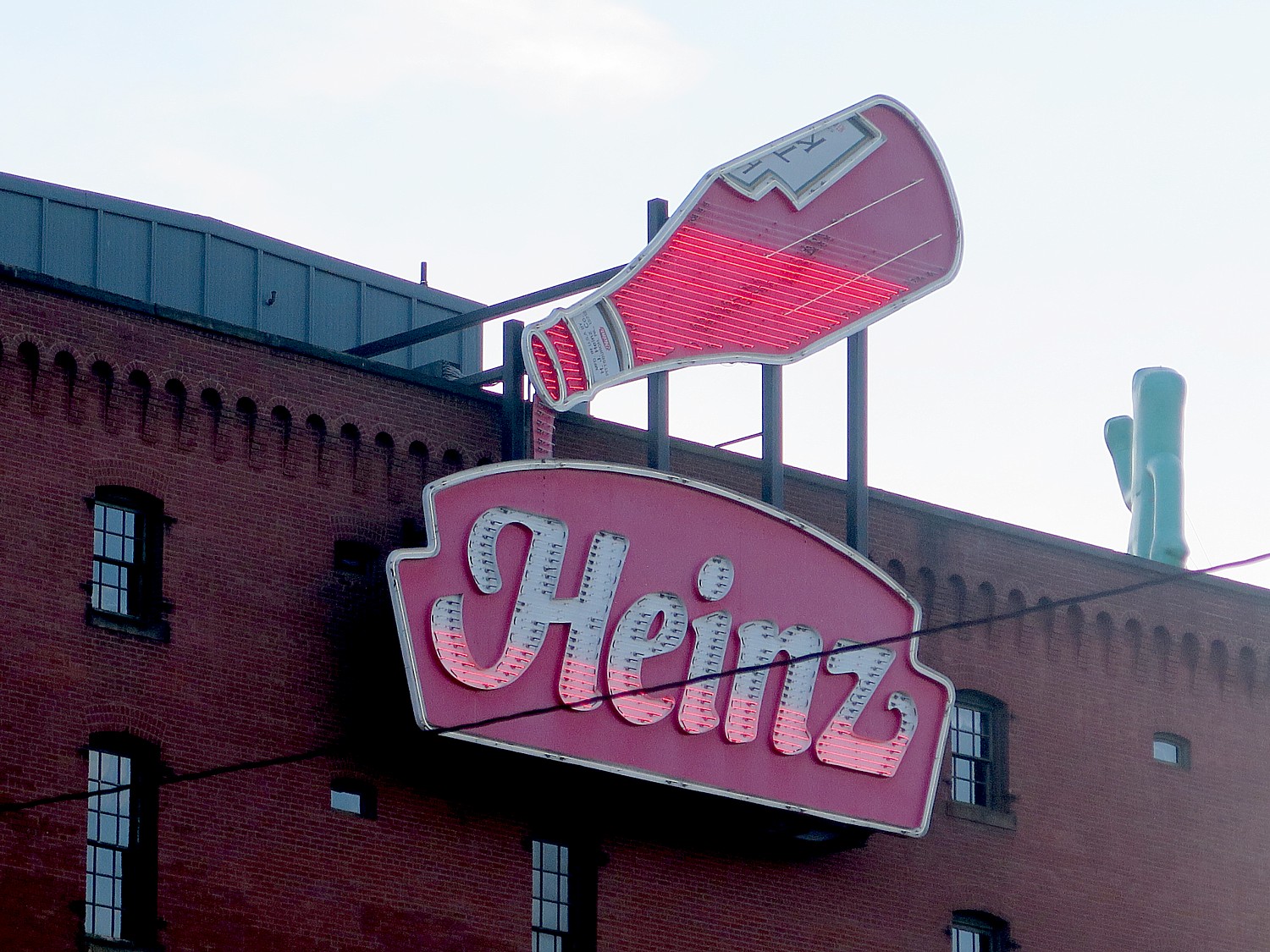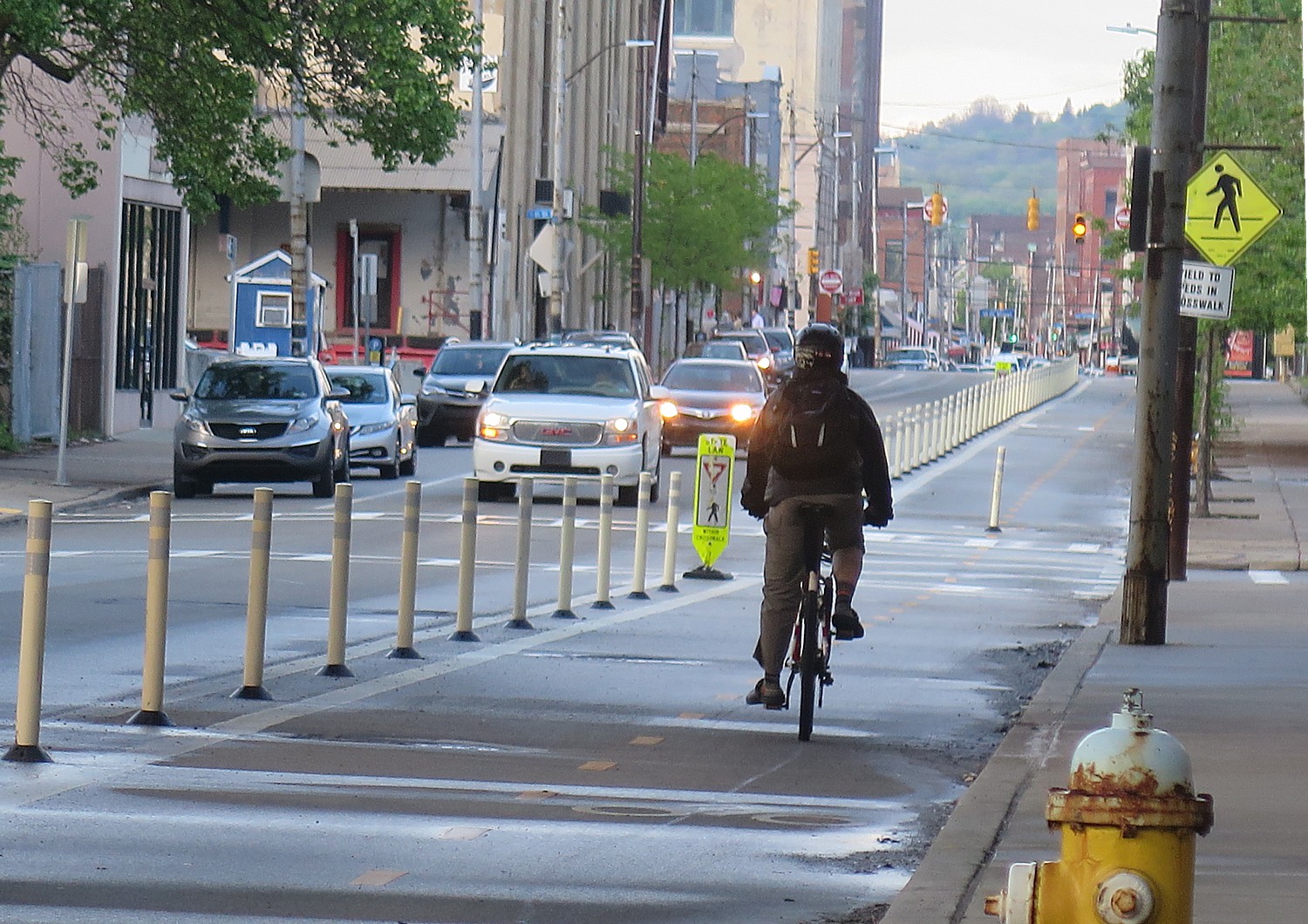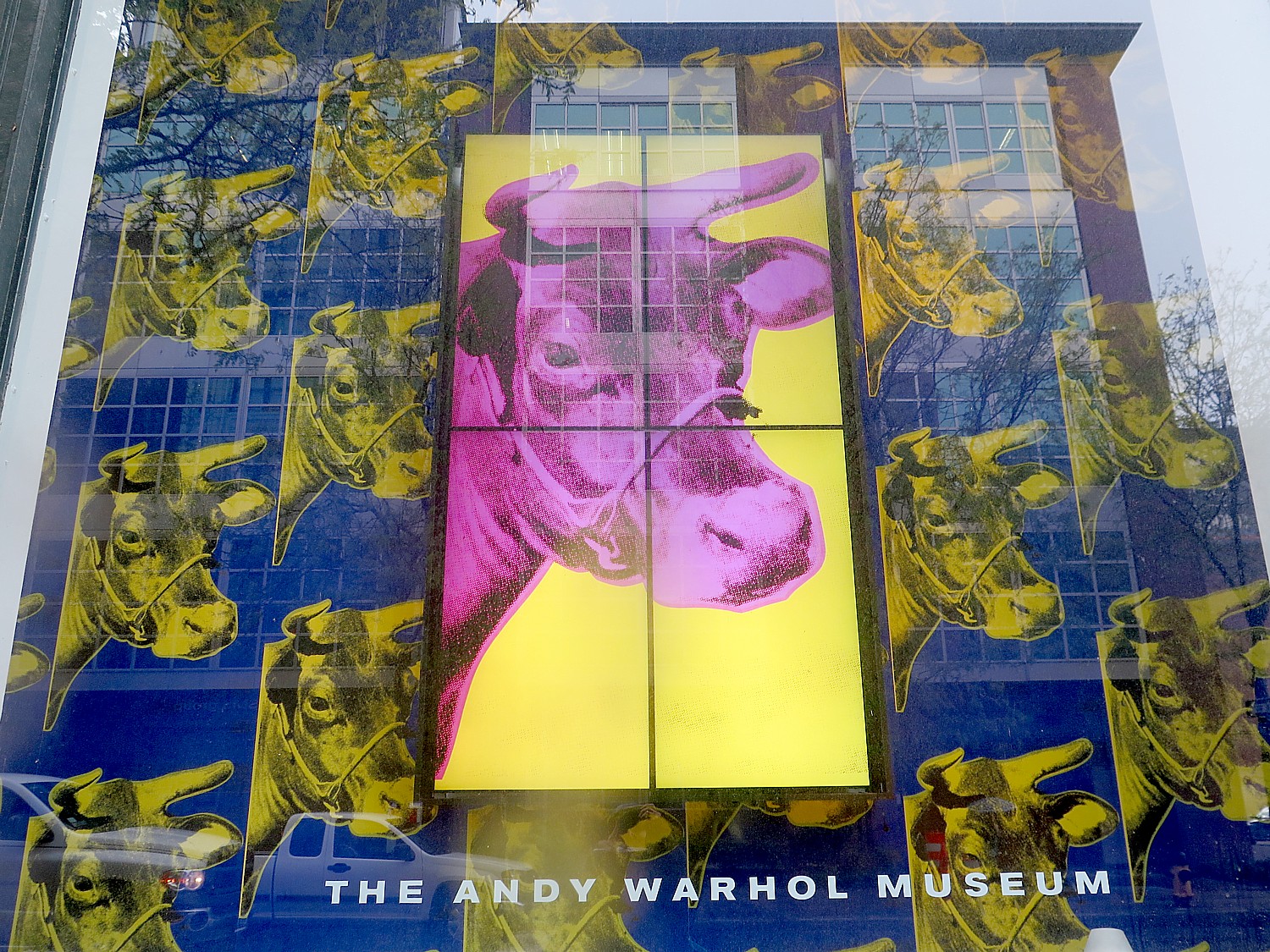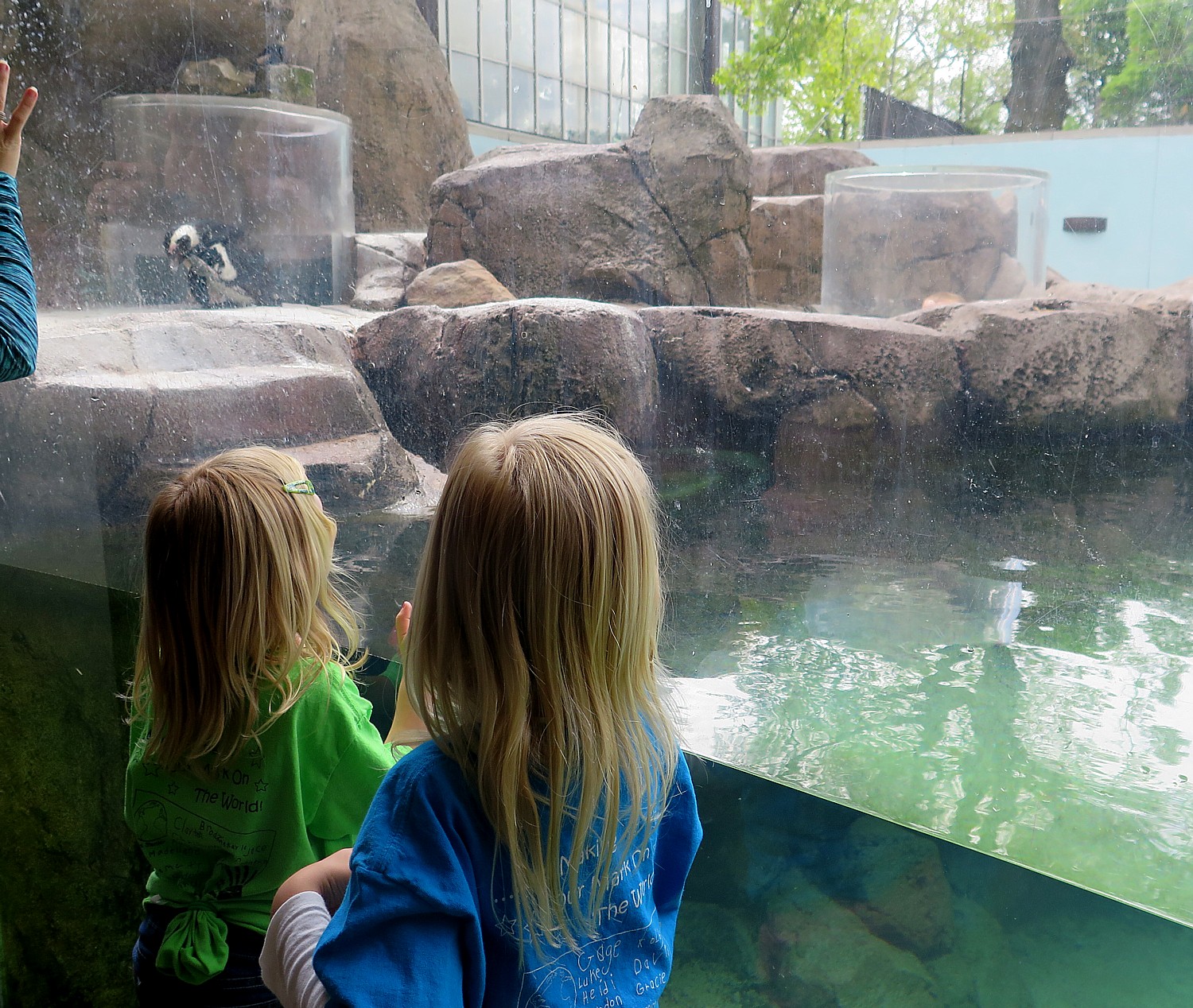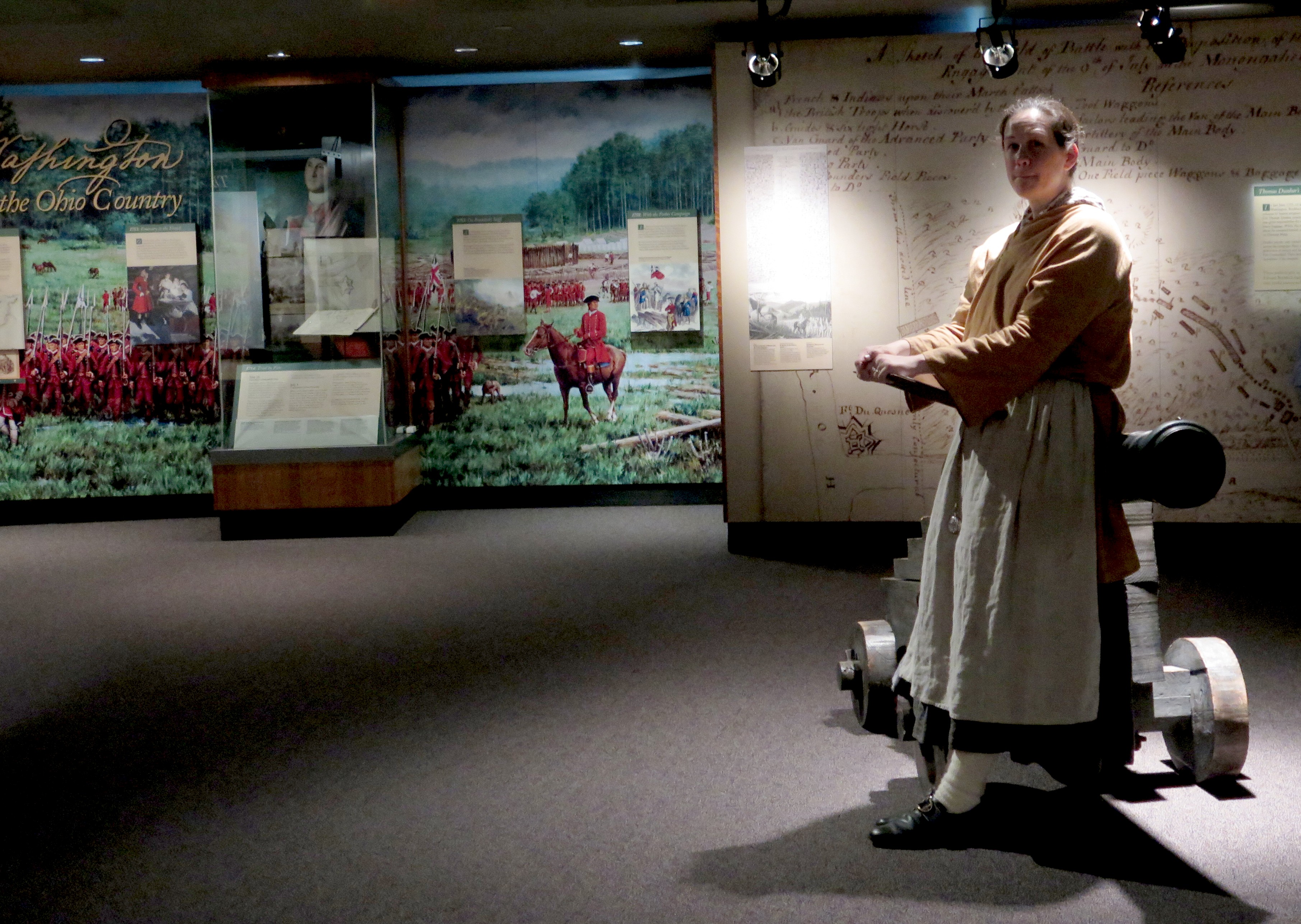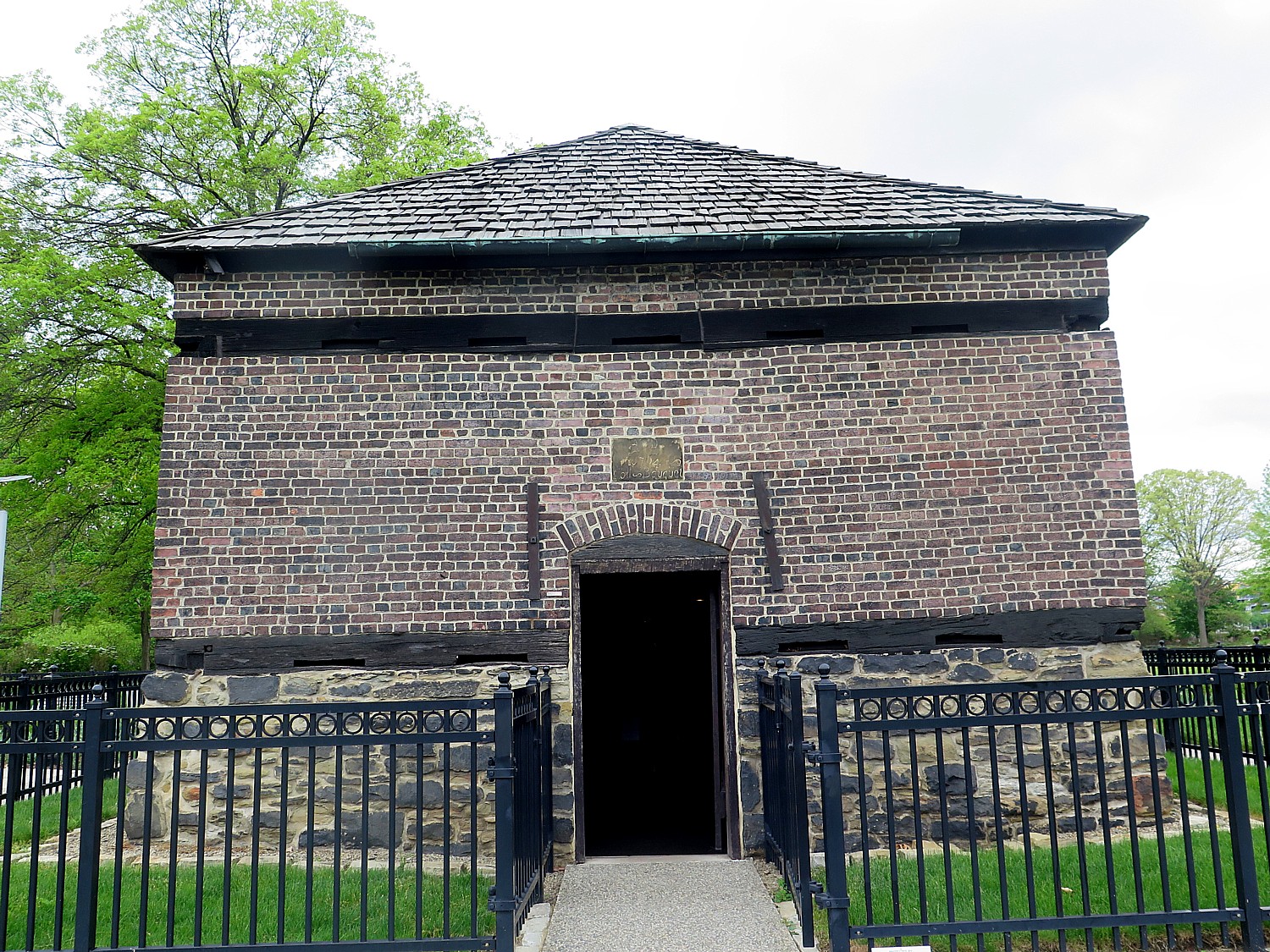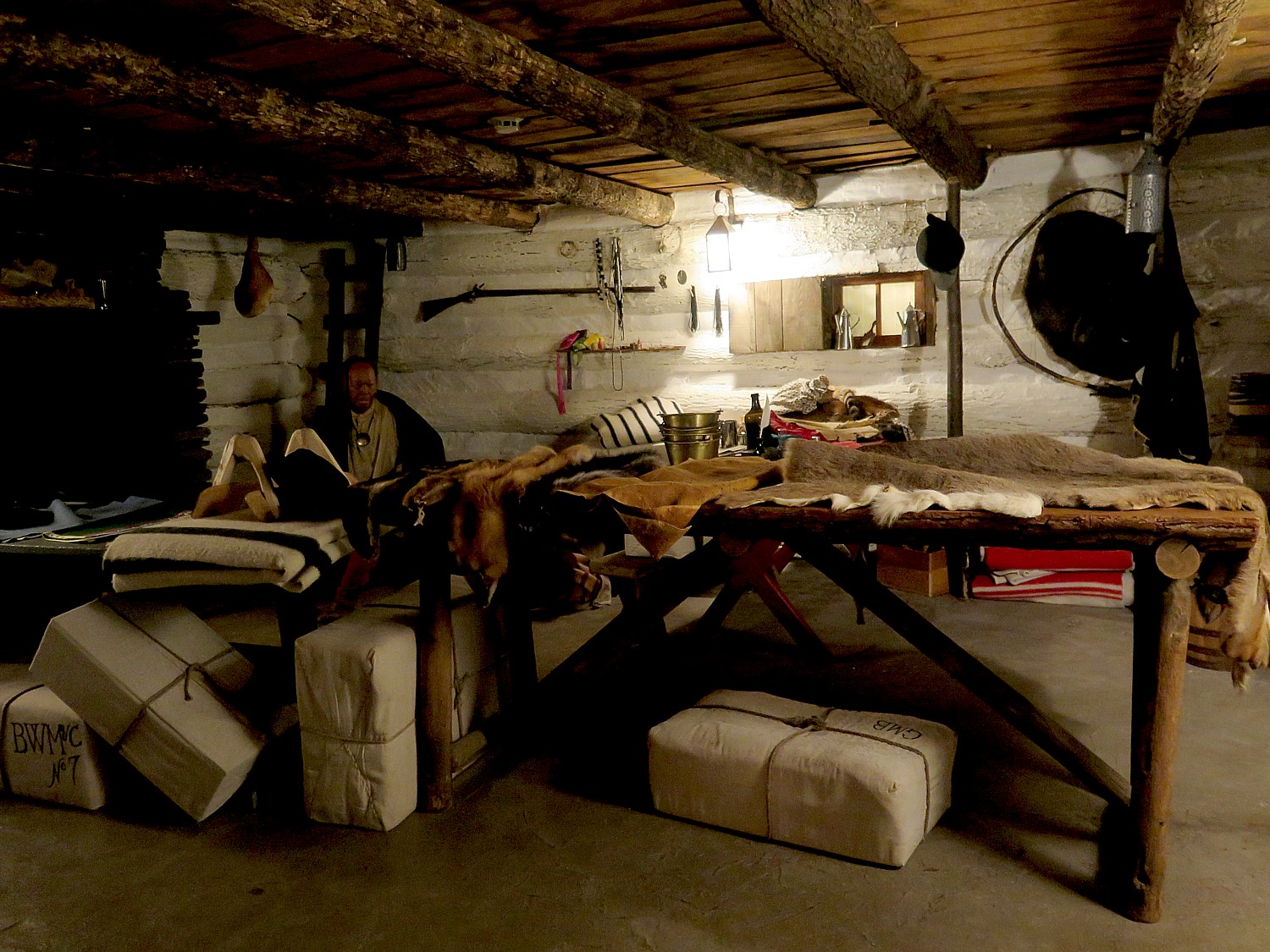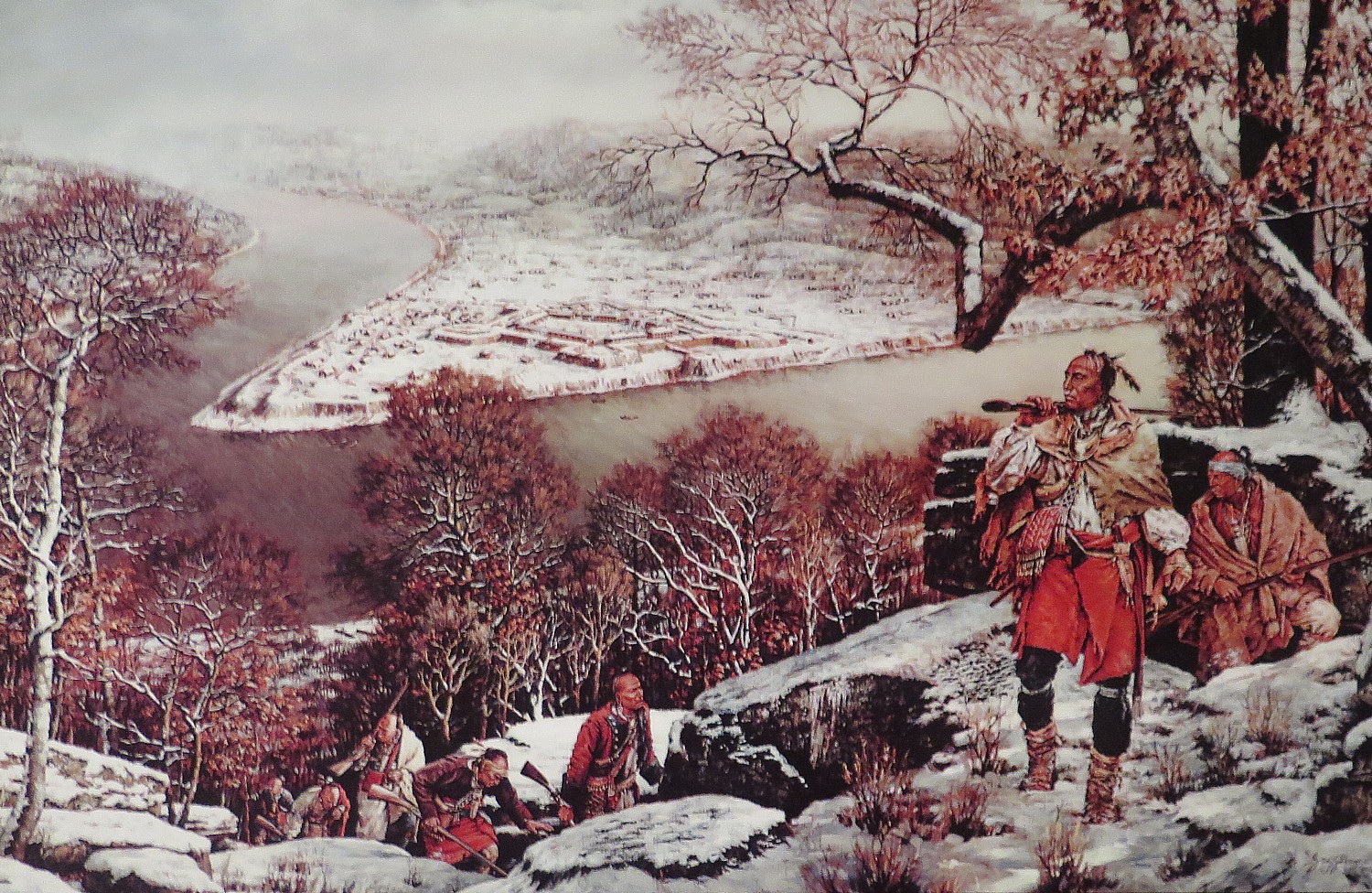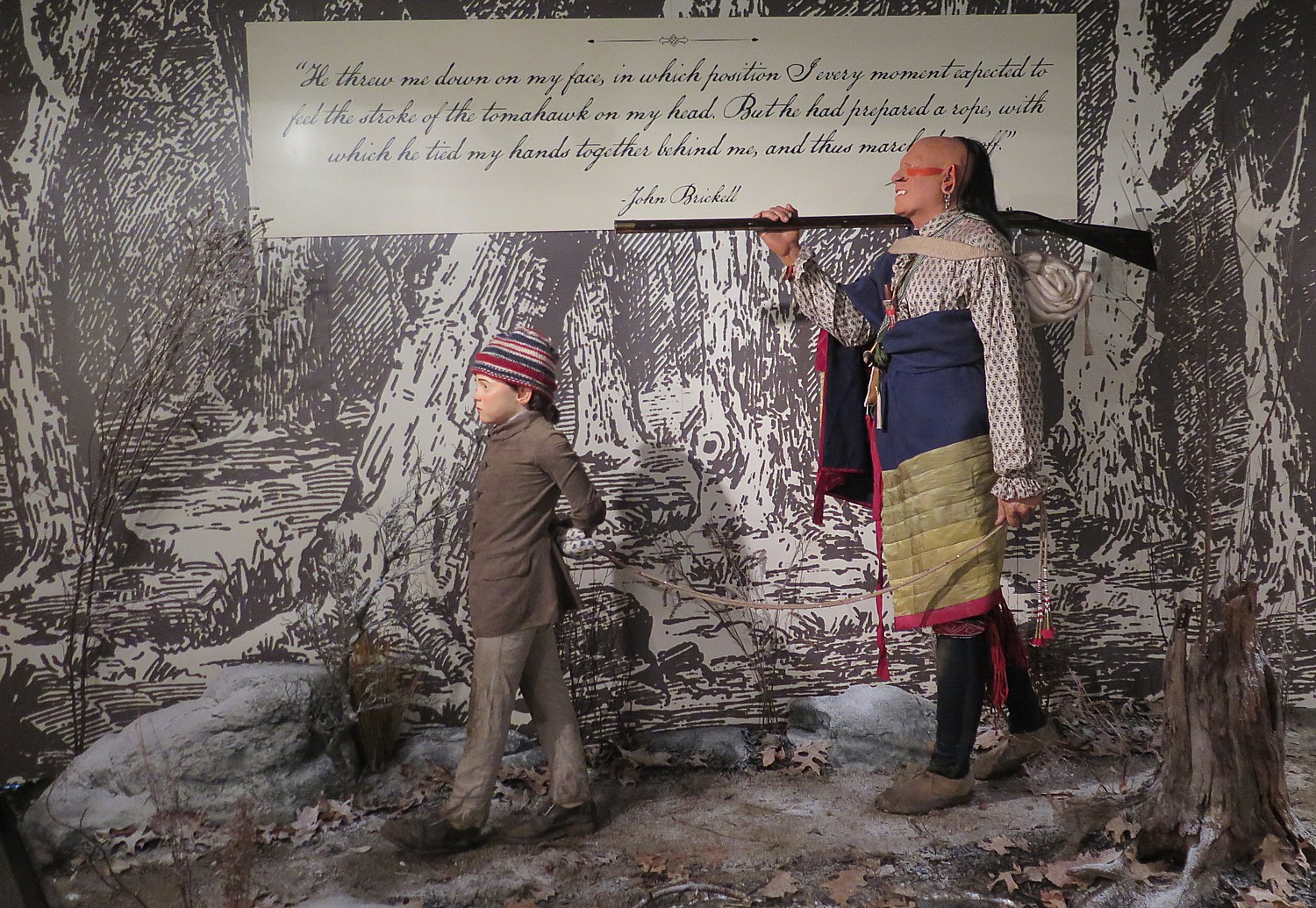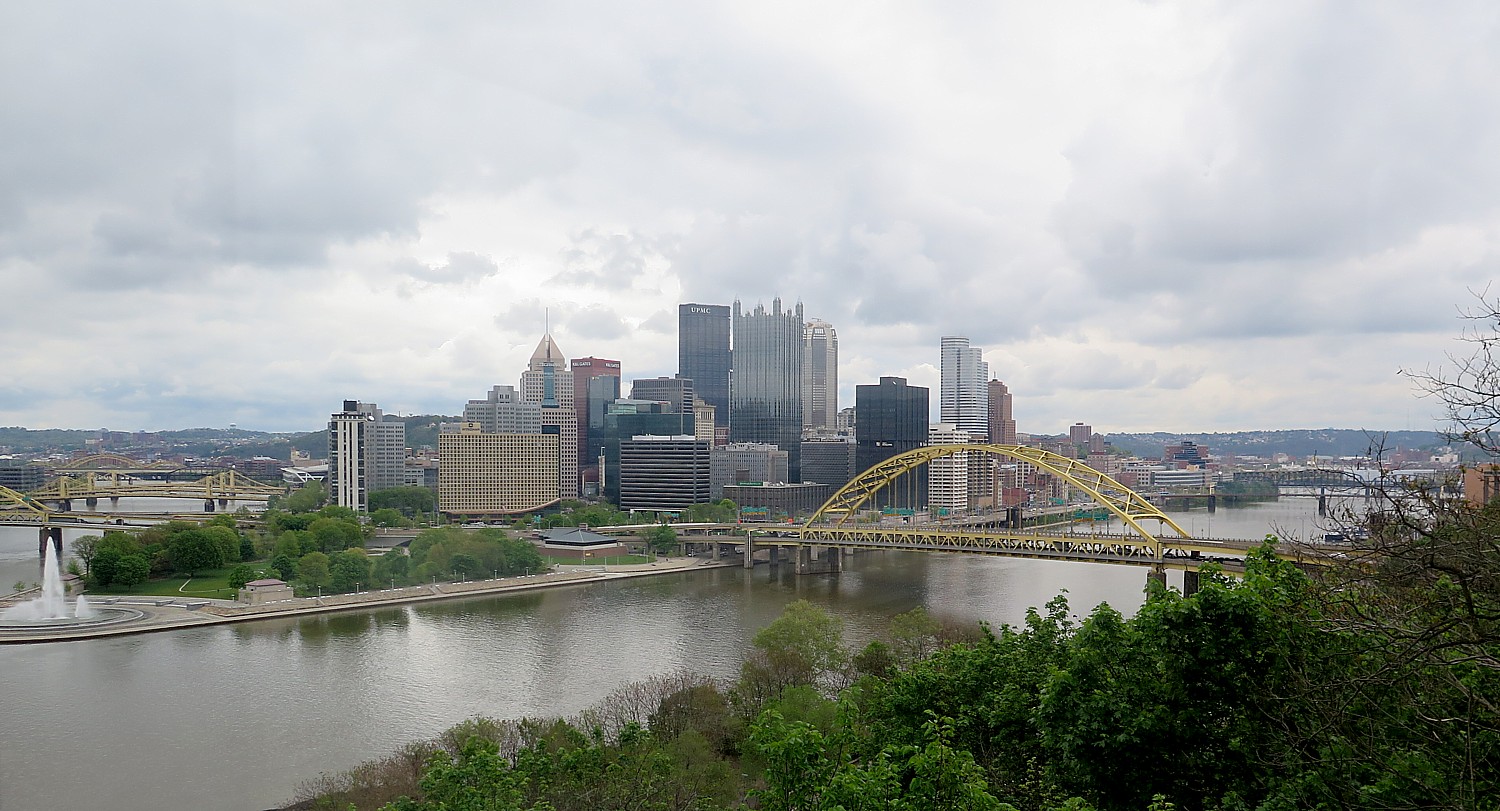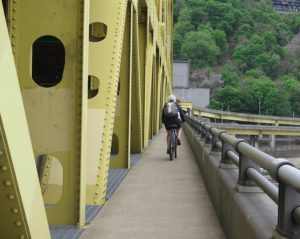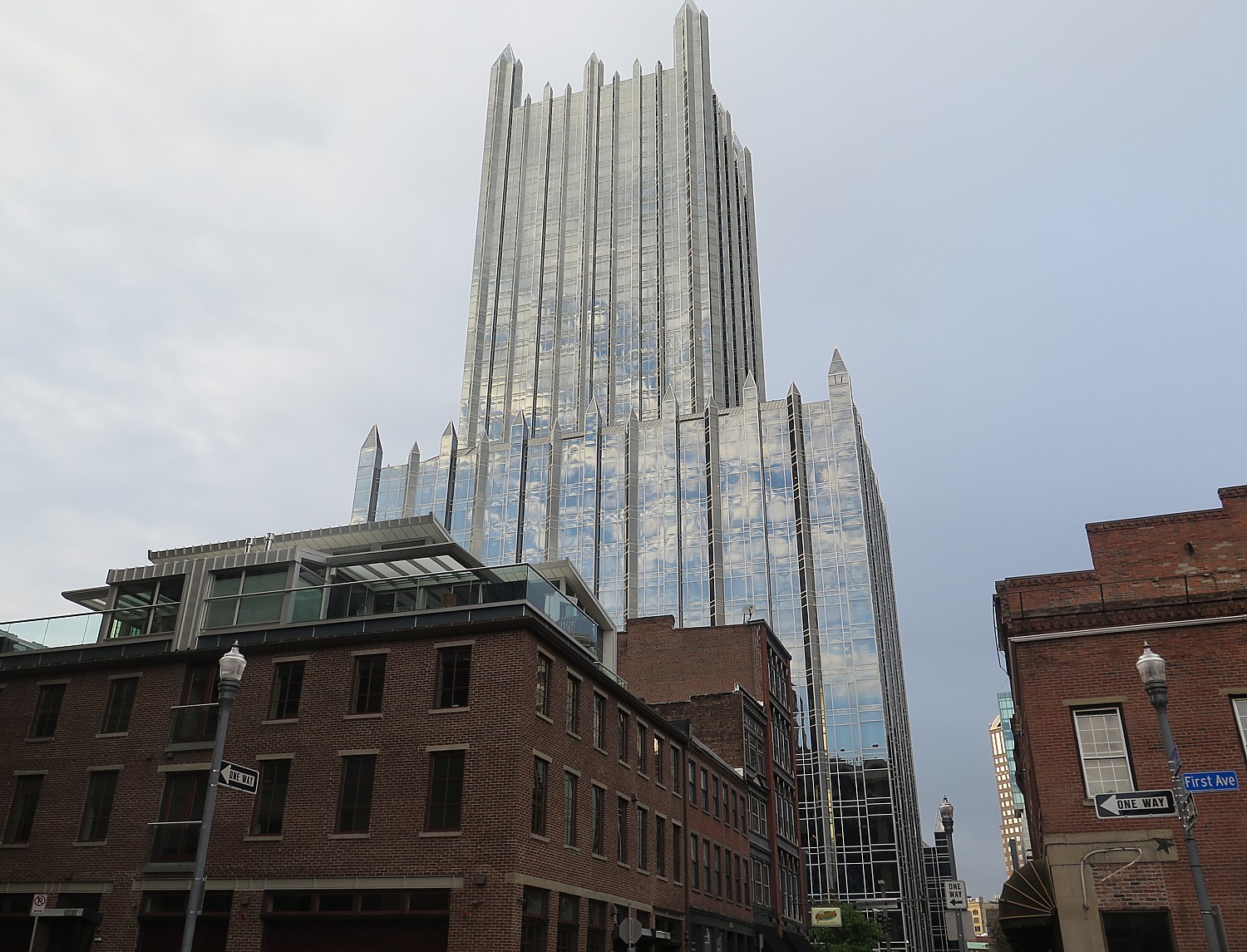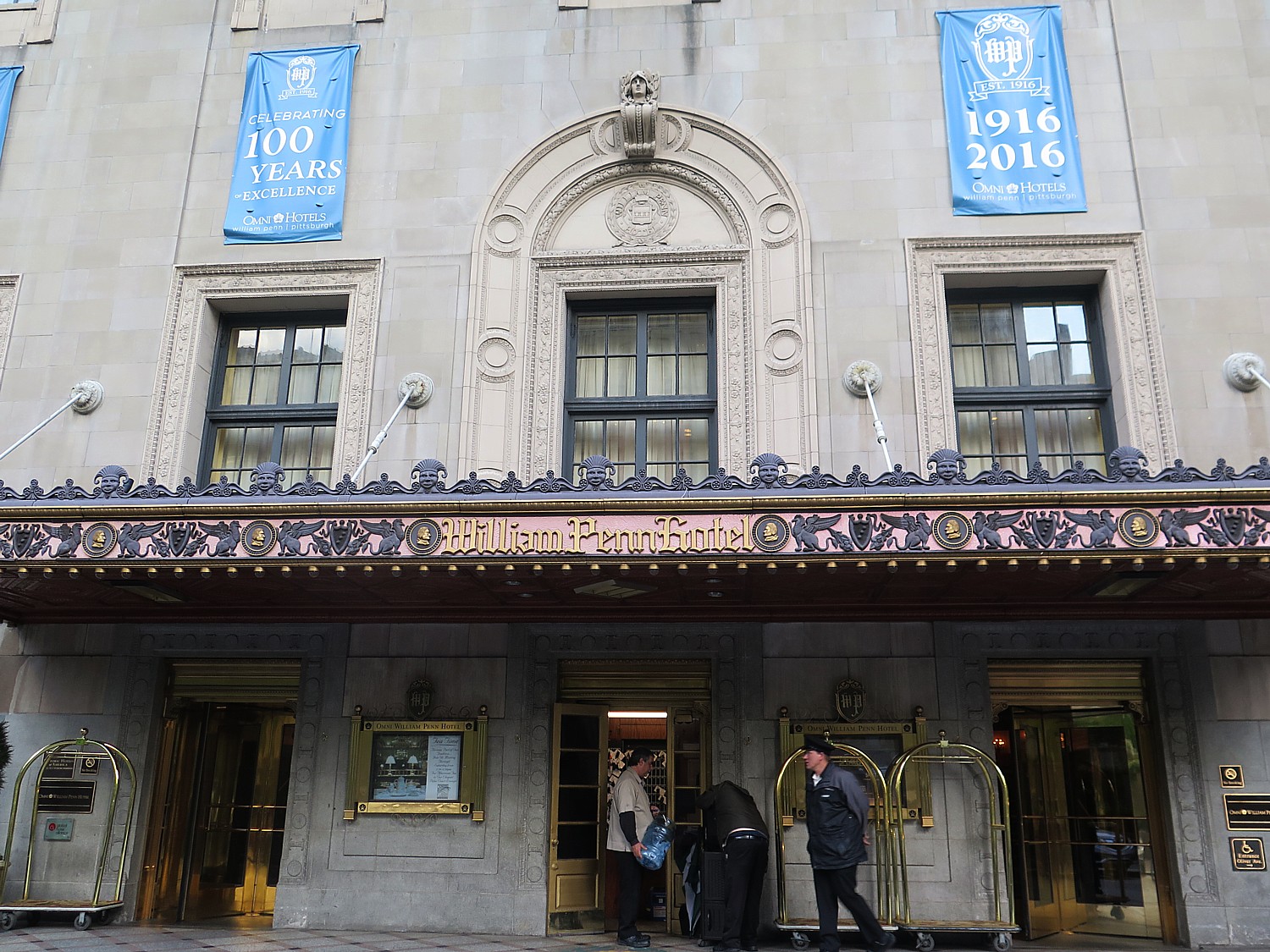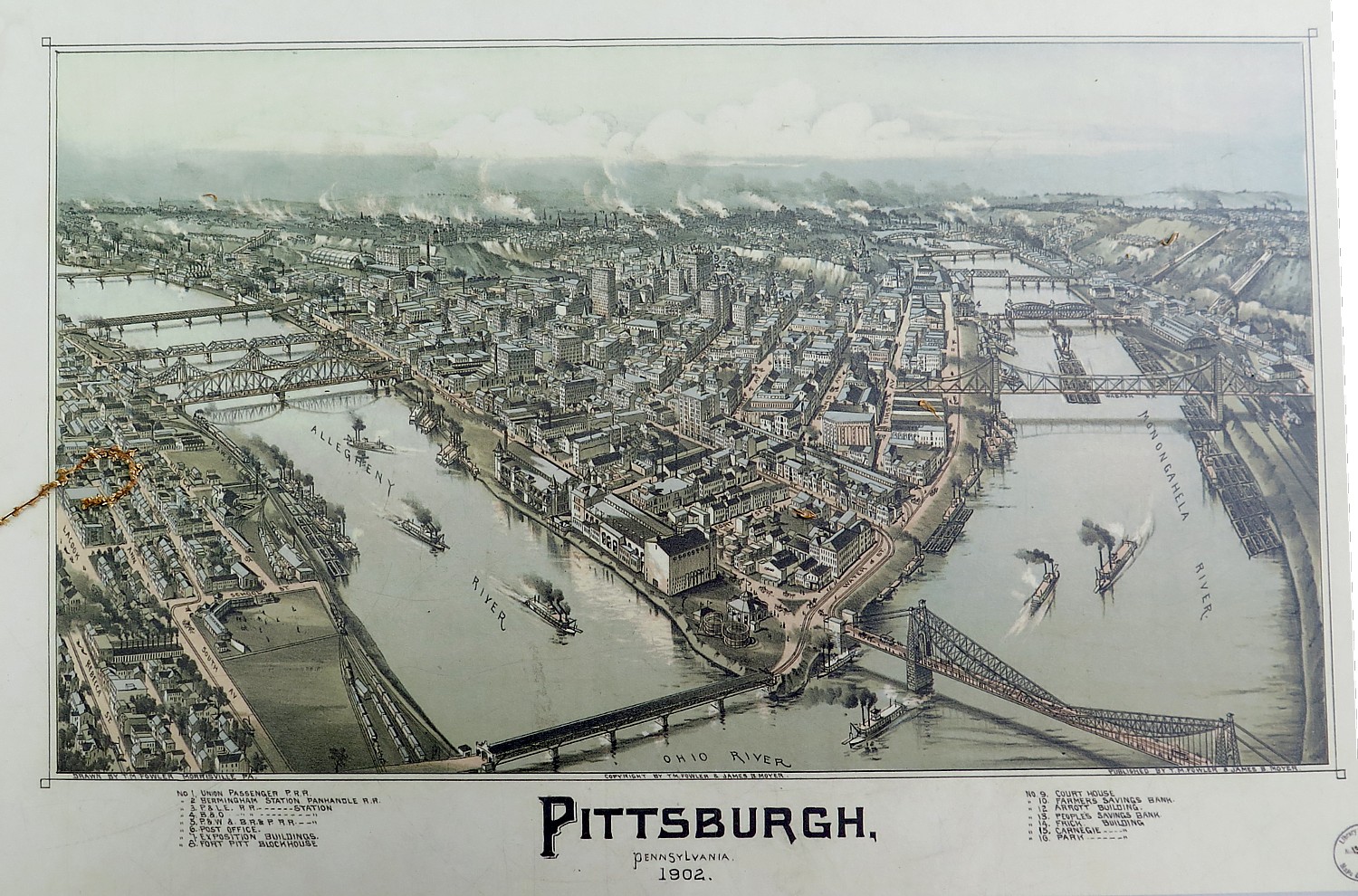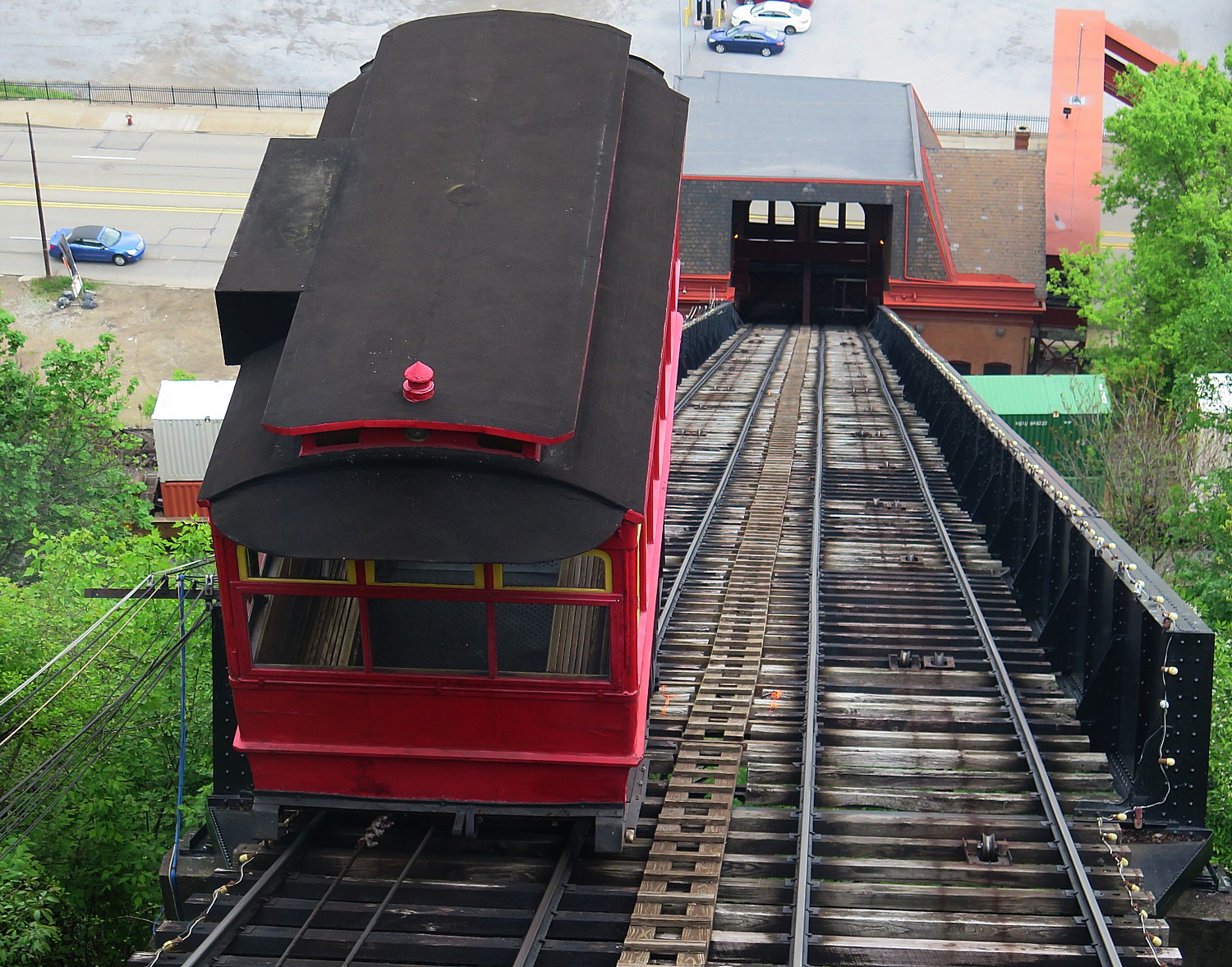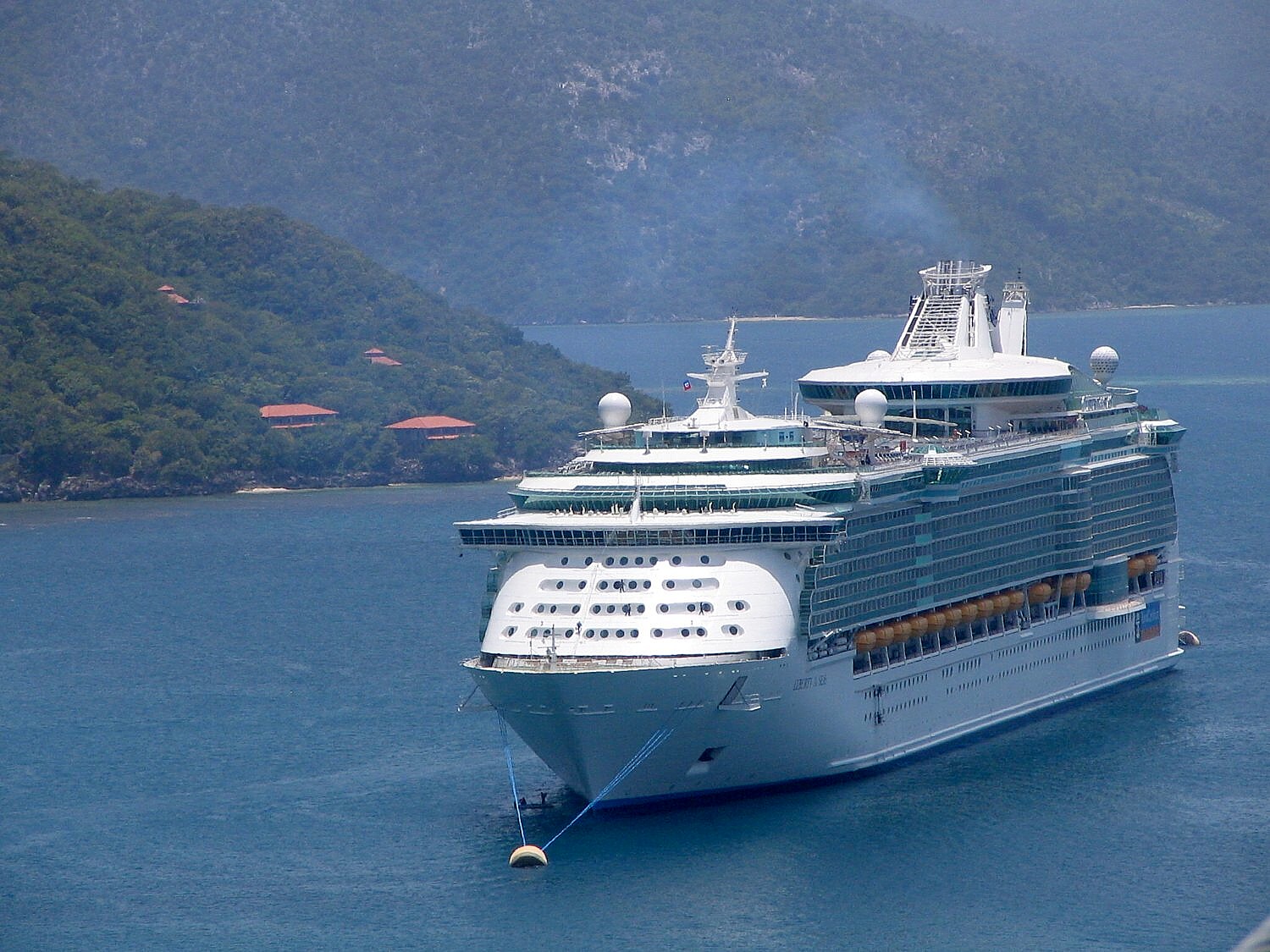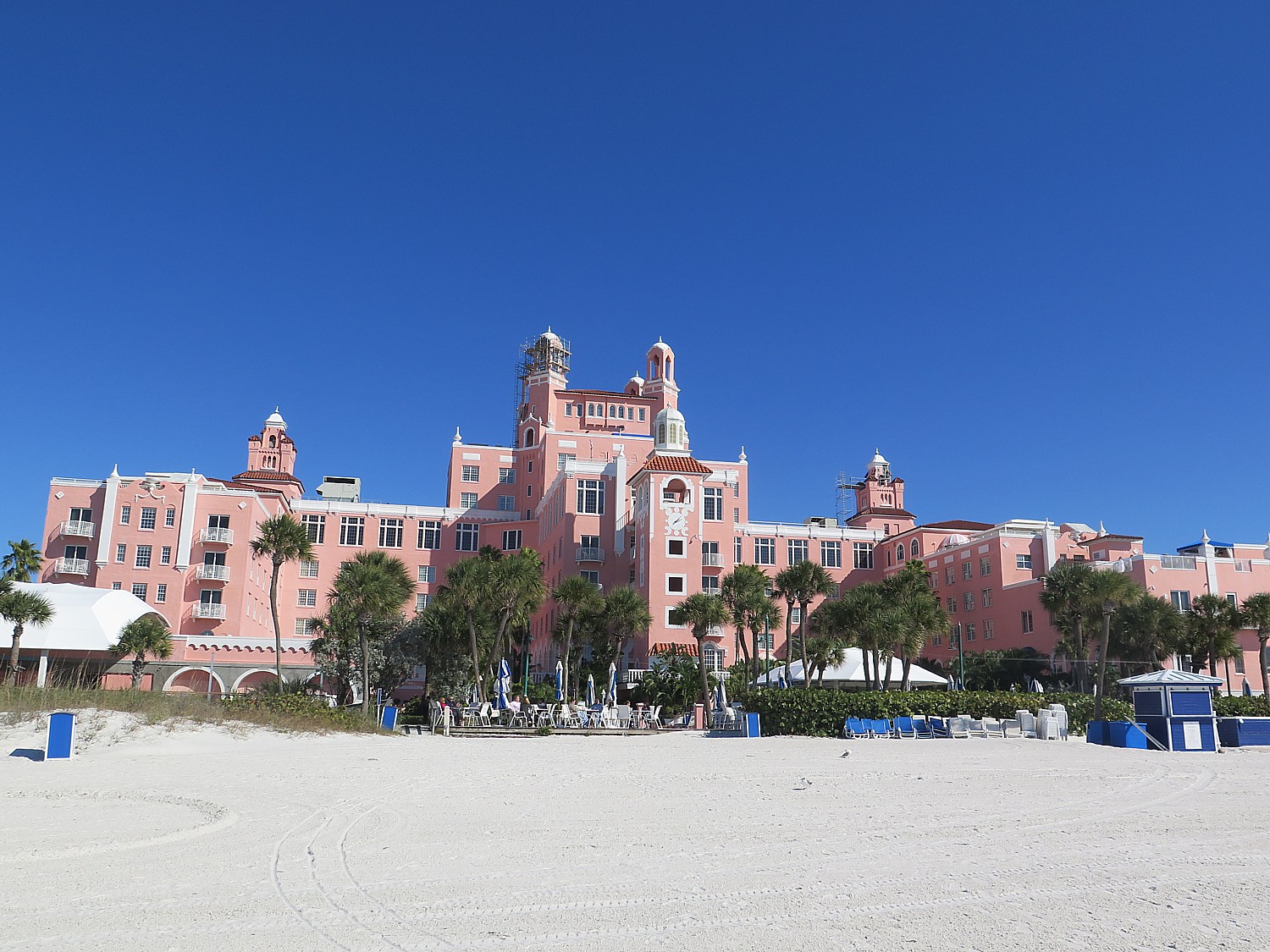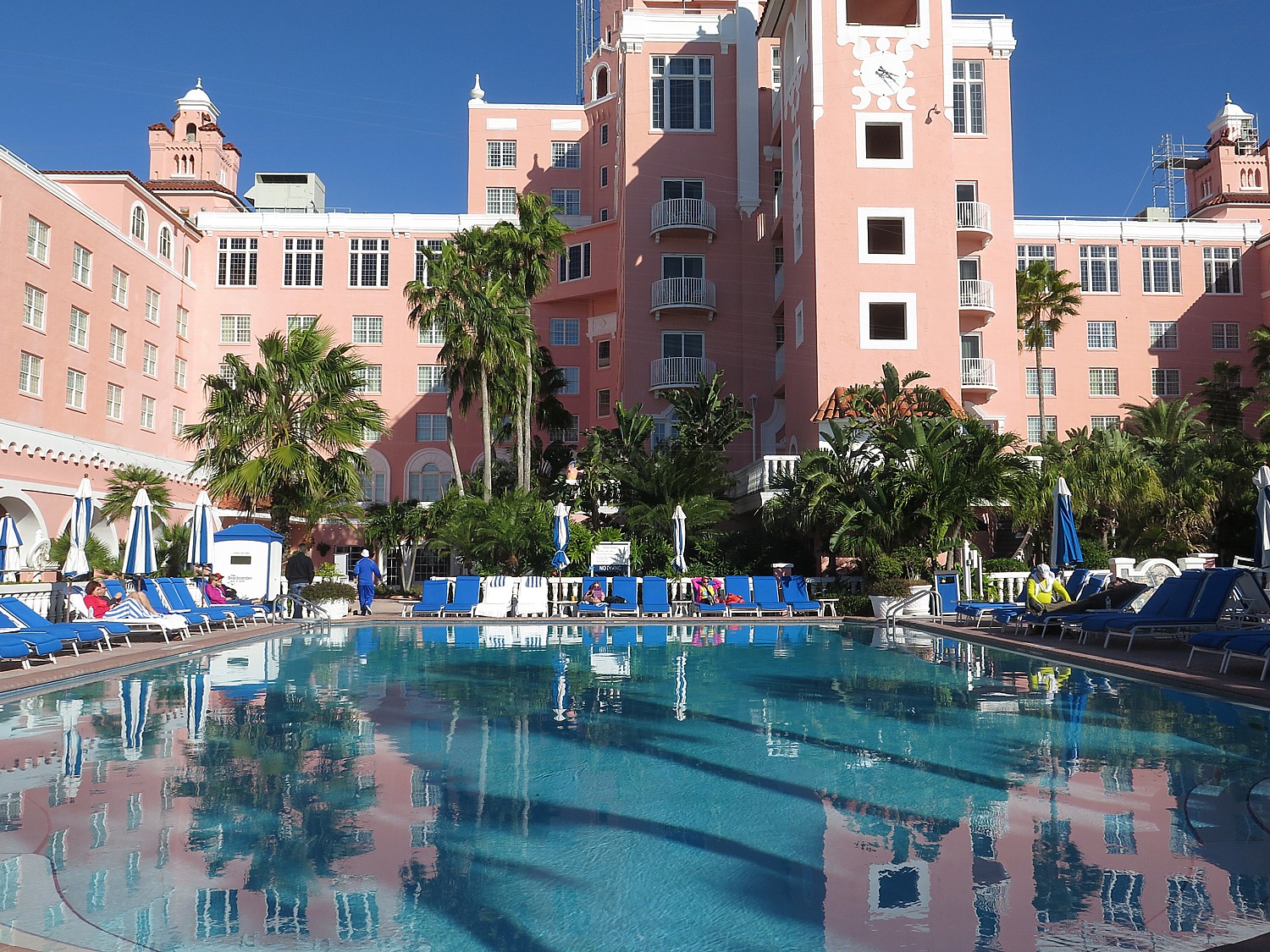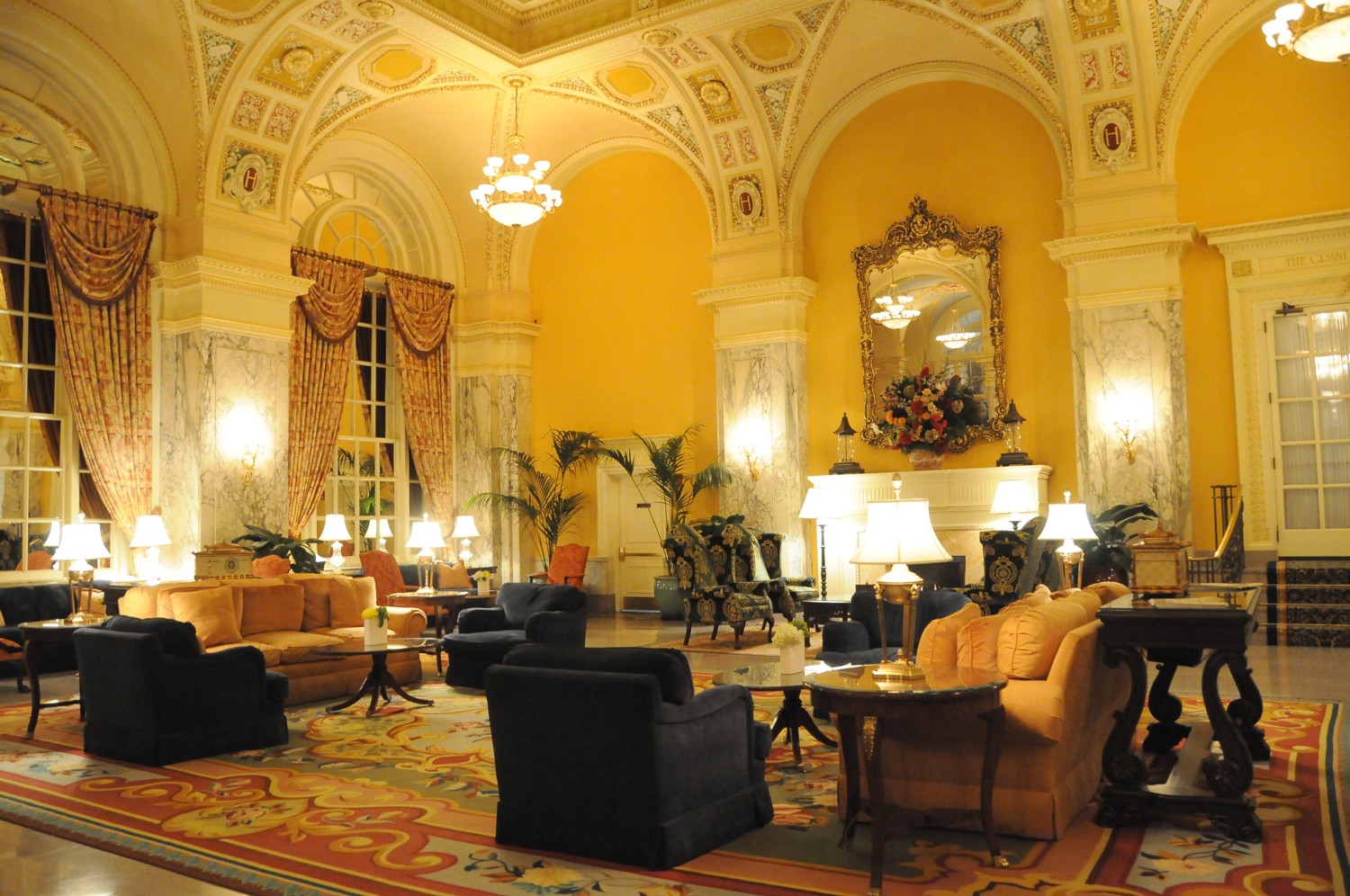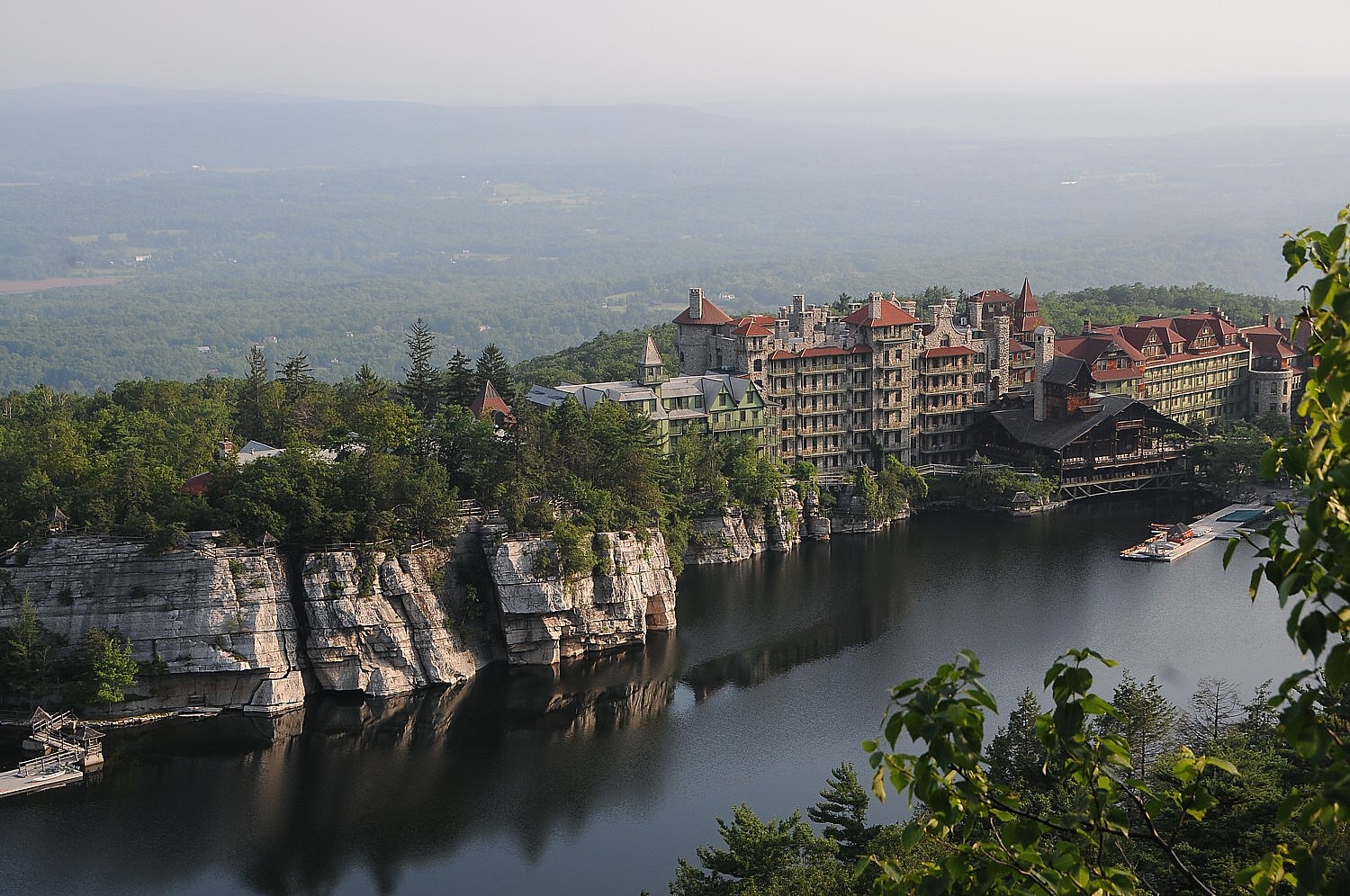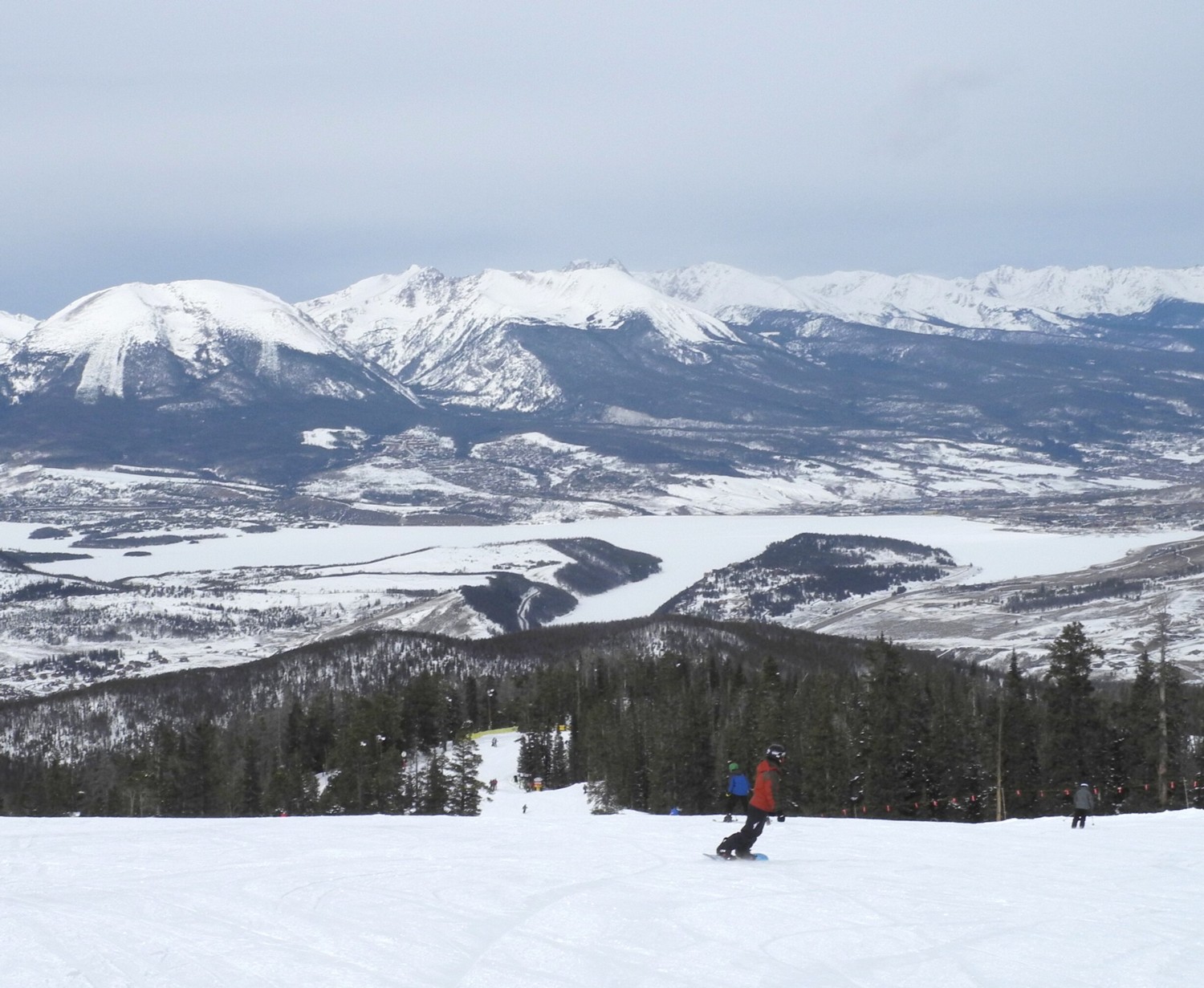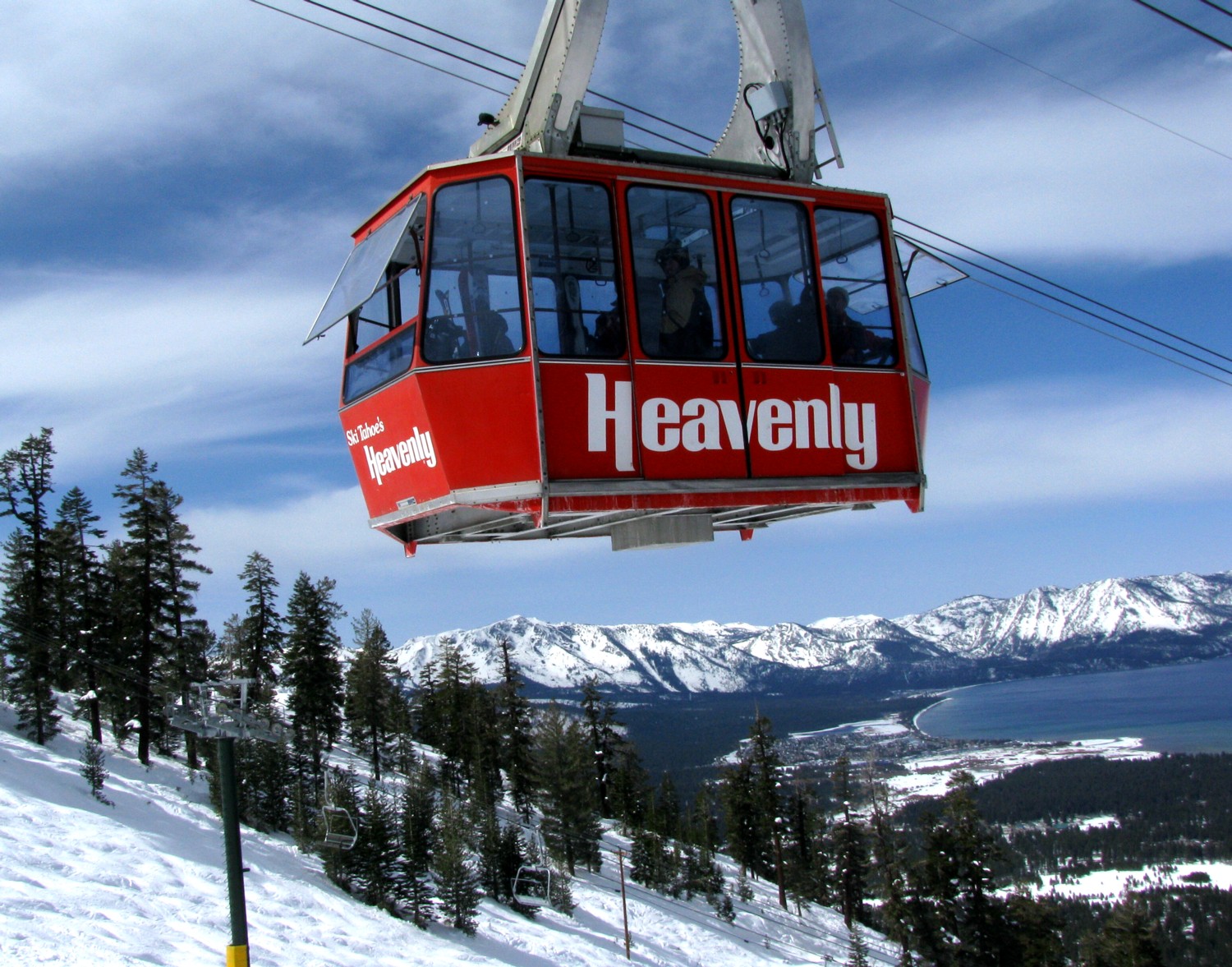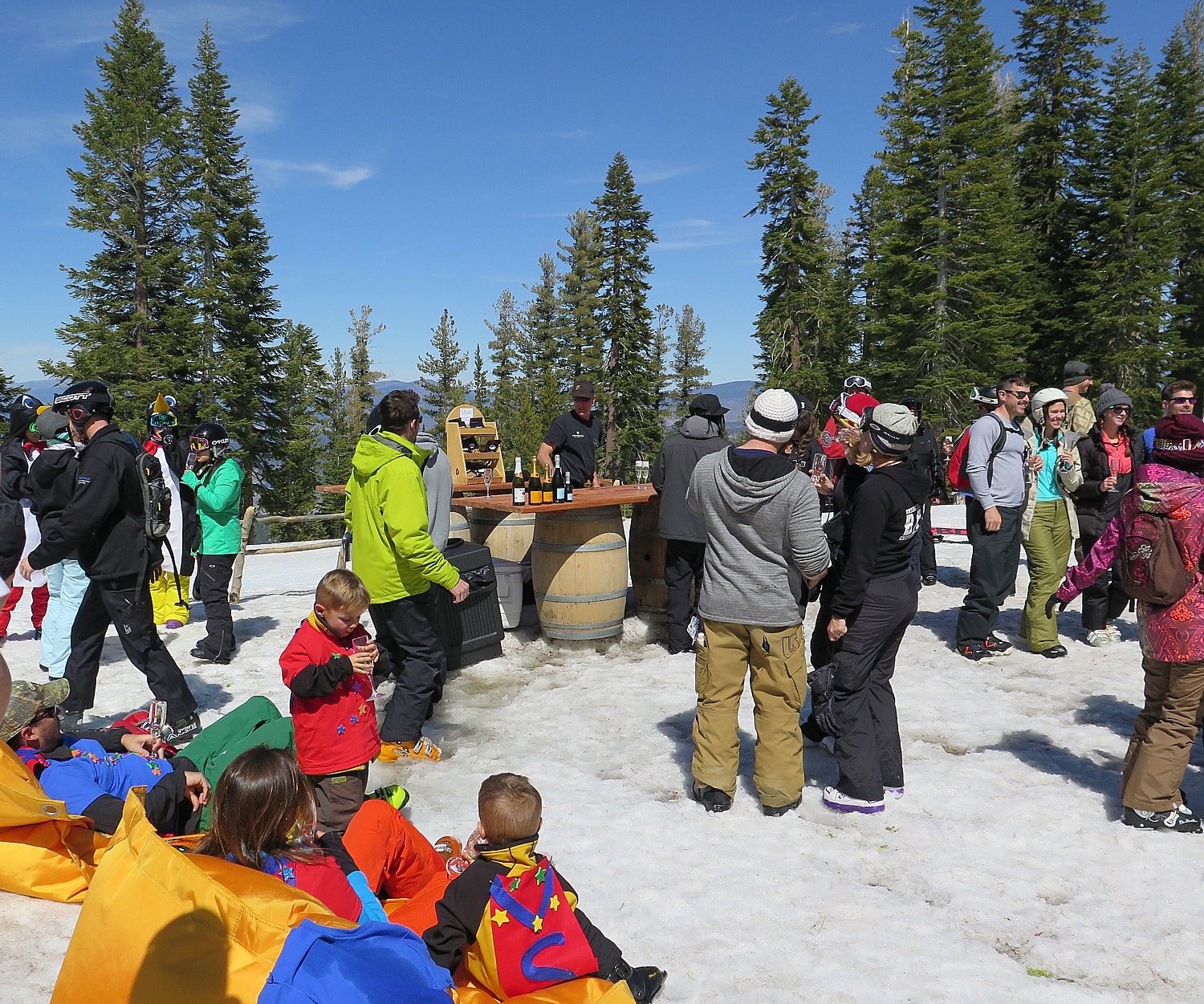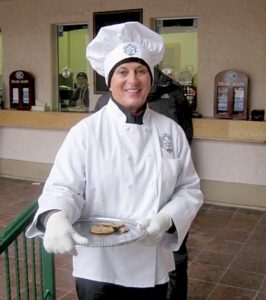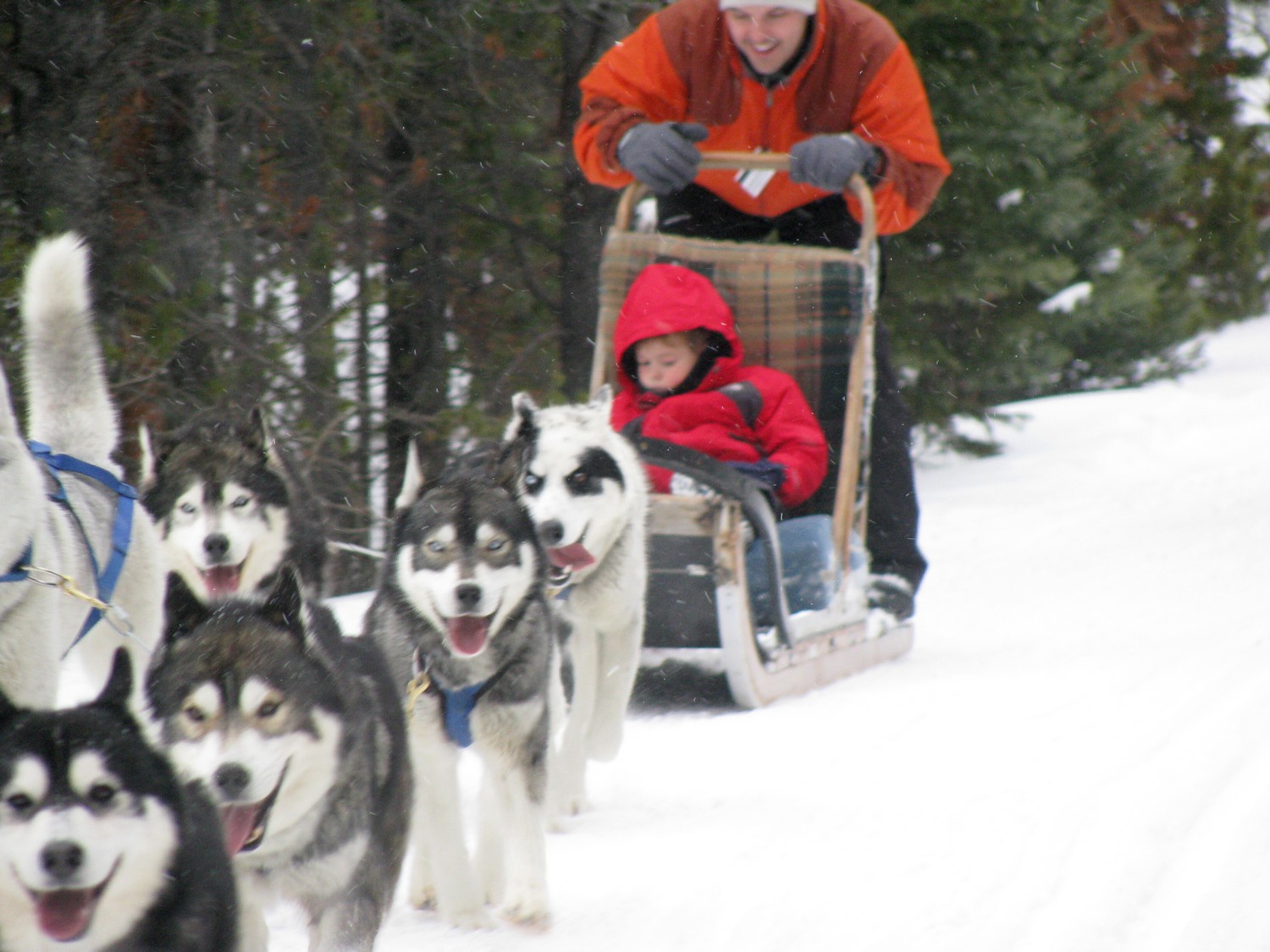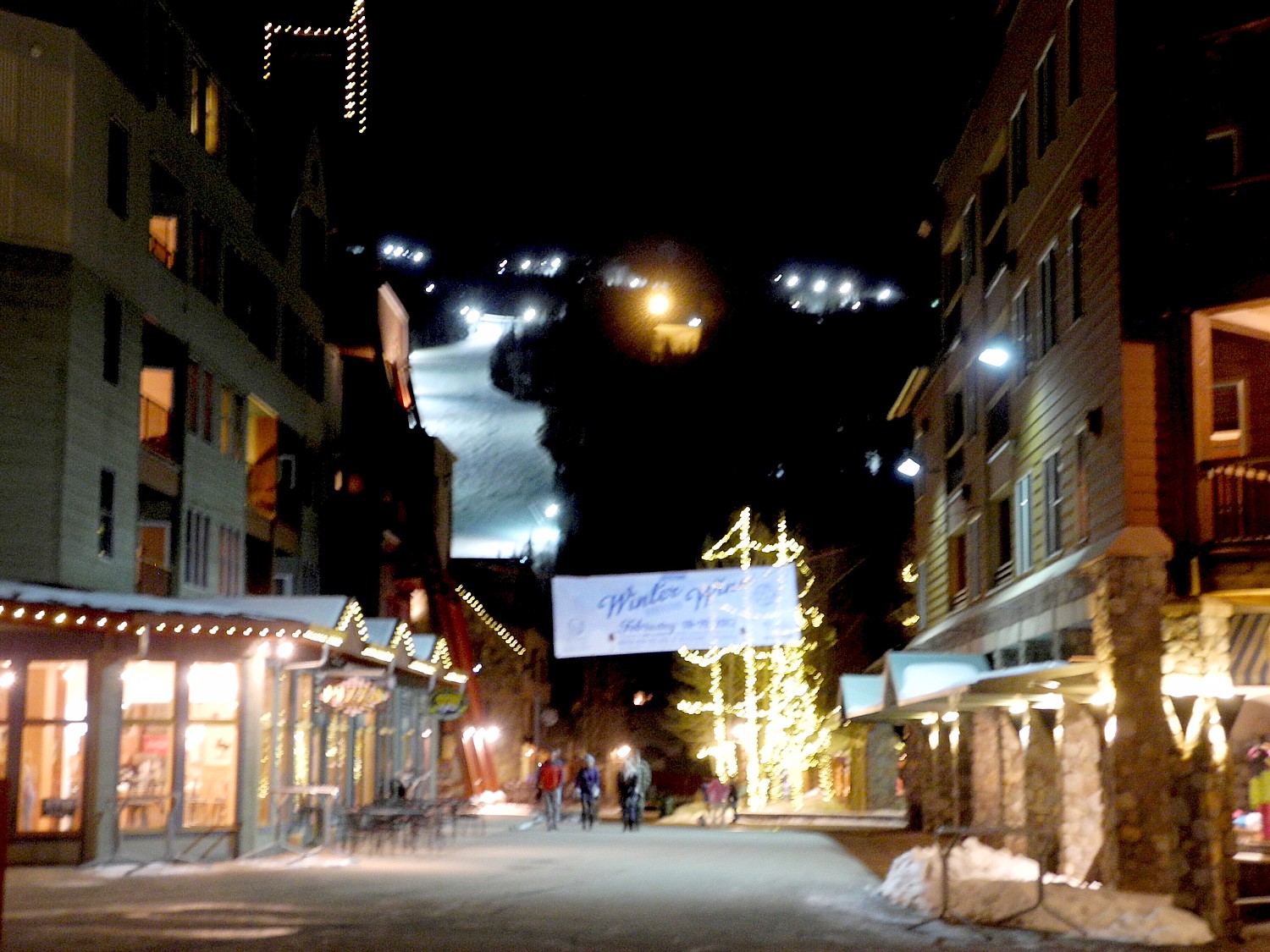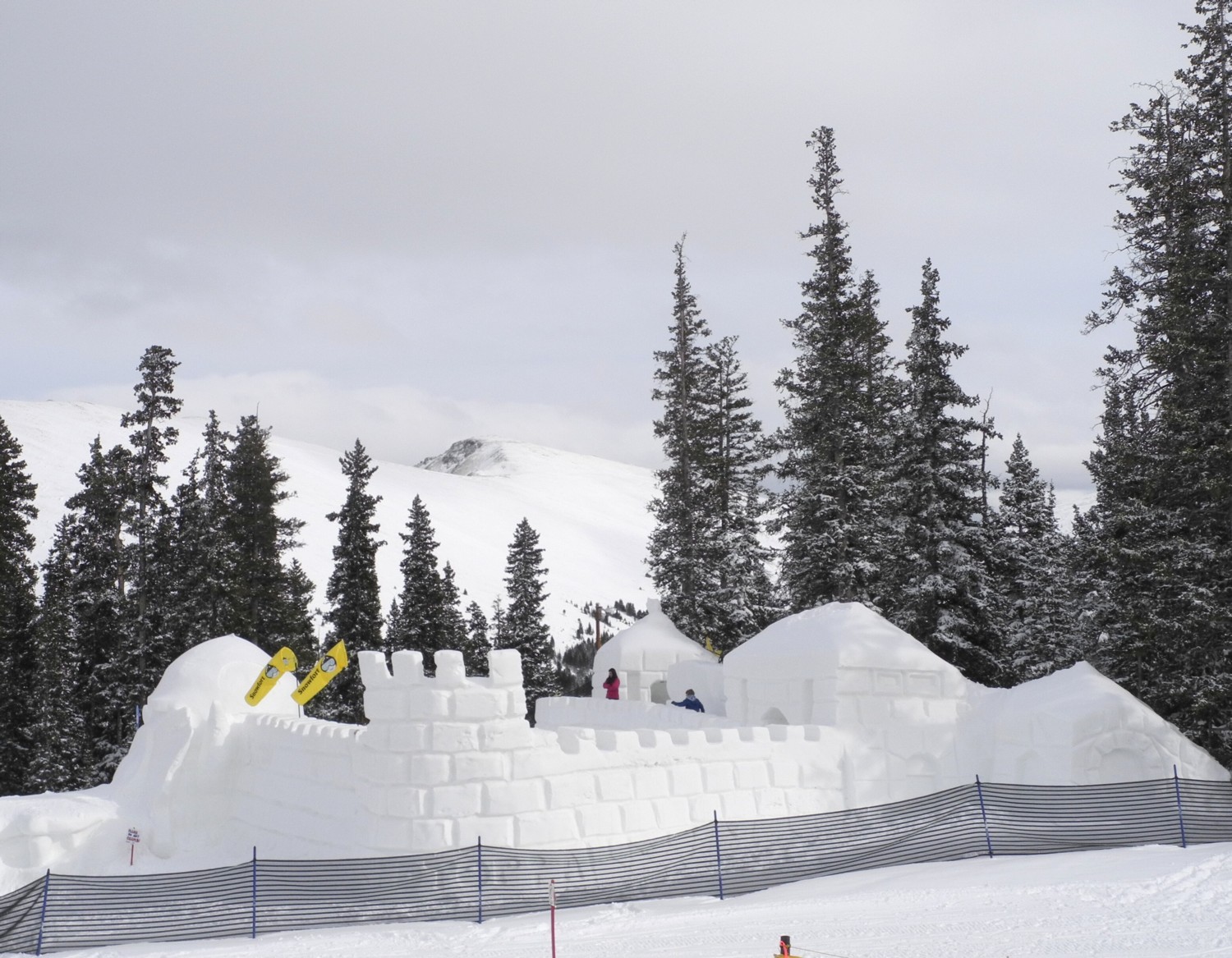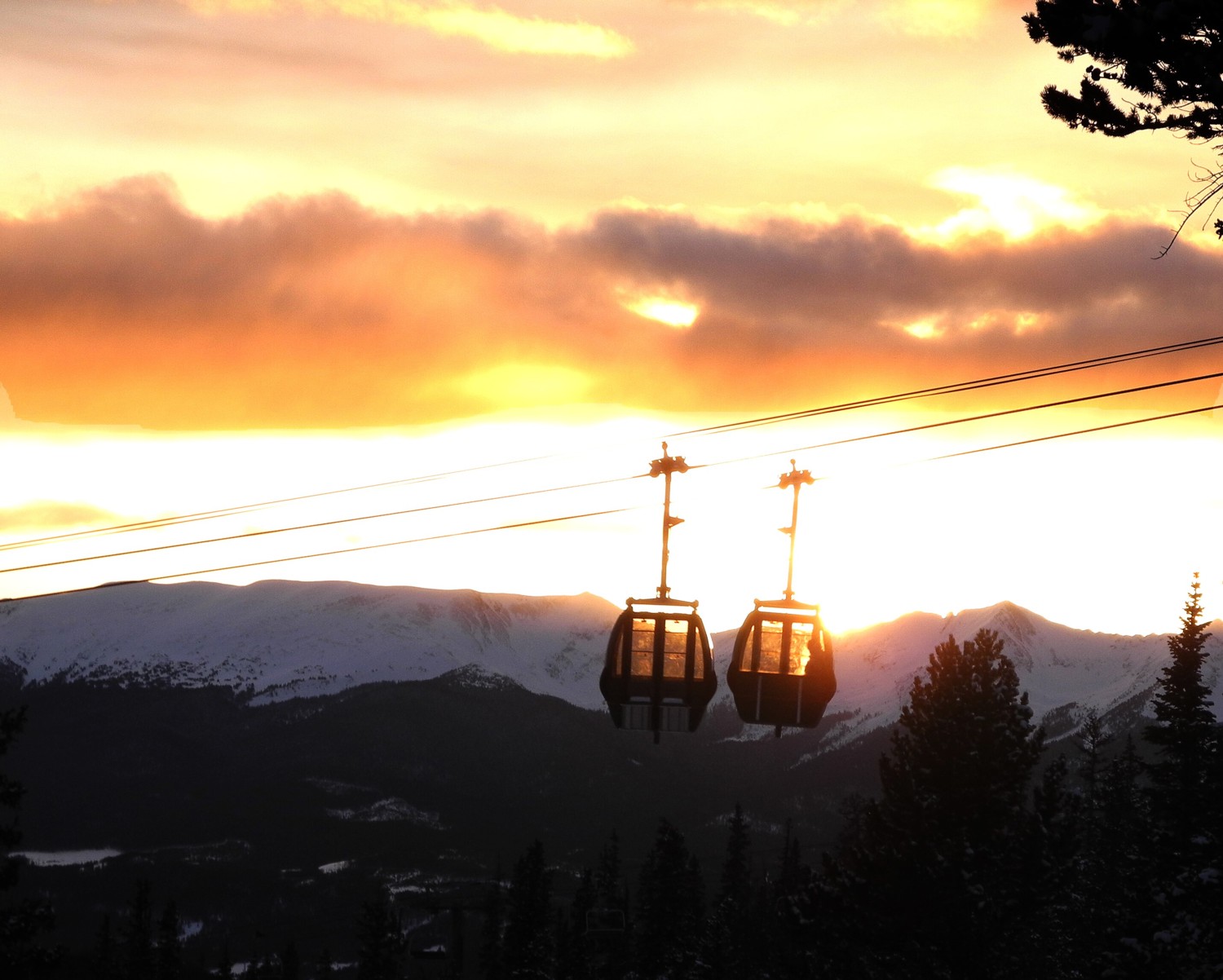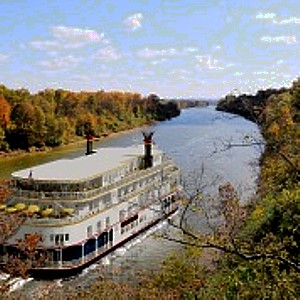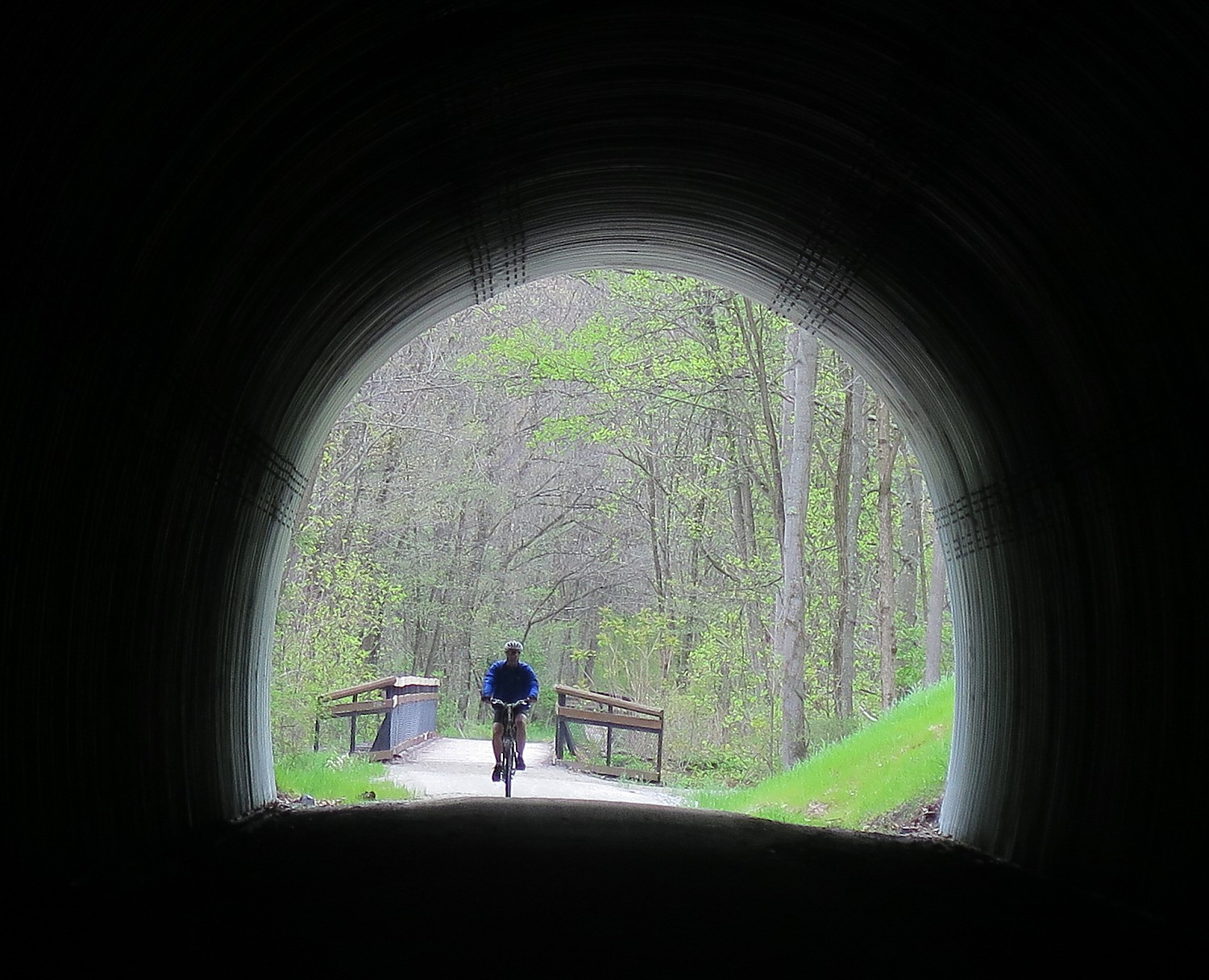
By Karen Rubin, Travel Features Syndicate, goingplacesfarandnear.com
I’m the first to arrive at the appointed spot beside the tall brick smokestacks that border the parking field of a shopping mill, where once one of Pittsburgh’s mighty steel mills had been. It’s 6:30 am, but one of the leaders of the Rails to Trails Conservancy’s Great Allegheny Passage Spring Sojourn is already here. Gradually over the next half hour, our group of 85 riders comes together. We bring our bikes, now with our “license plate” to a truck, load our luggage and camping gear, board the two buses, and drive about 1 ½ hours to where the start of our three-day, 120 mile ride begins, in Meyersdale.
Meyersdale is just nine miles down from the Eastern Divide – the equivalent of the Continental Divide, a highpoint in the Allegheny Mountains. The Great Allegheny Passage (GAP), a relatively new, dedicated rail-trail completed in 2013, actually starts in Cumberland, 32 miles from where we begin our sojourn. The GAP links to the 184.5-mile C&O Canal trail that comes out of Washington DC, and extends 150 miles westward to Pittsburgh, creating a 335-mile non-motorized route between Pittsburgh and Washington, DC. (AMTRAK offers a walk on bicycle service; https://gaptrail.org/, 888-282-BIKE).
We are starting our ride below the Divide, so our trip today, 27 miles, will be a gentle decline totaling 600 feet. Had I been cleverer, I would have done what a few others did, and go back the nine miles up to the Divide, which would have added about 1 ½ hours to the ride. (
We are greeted at the Meyersdale train station, now converted into a delightful café and shop, by representatives of the Meyersdale Merchants Association. We are part of the repurposed, renewed, sustainable economy, now that the rail line, steel and coal extraction have shut down. The rail-trail has brought new visitors, and new vitality, to these small villages and towns all along the Great Allegheny Passage.
This is Rails-to-Trails Conservancy’s first spring sojourn, and it takes place over Mothers Day, no less, which accounts for our group being smaller than a typical sojourn – just 85 riders instead of over 200 which is more typical of the annual sojourn. But this year, RTC is for the first time offering a series of four sojourn rides. The first, in Florida, had already taken place. The third one will be in West Virginia (June19-22); and the last is four-days/three nights from Cleveland to Columbus on the Ohio-to-Erie Trail, Ohio in (Sept. 23-26, 4 days/three nights)..
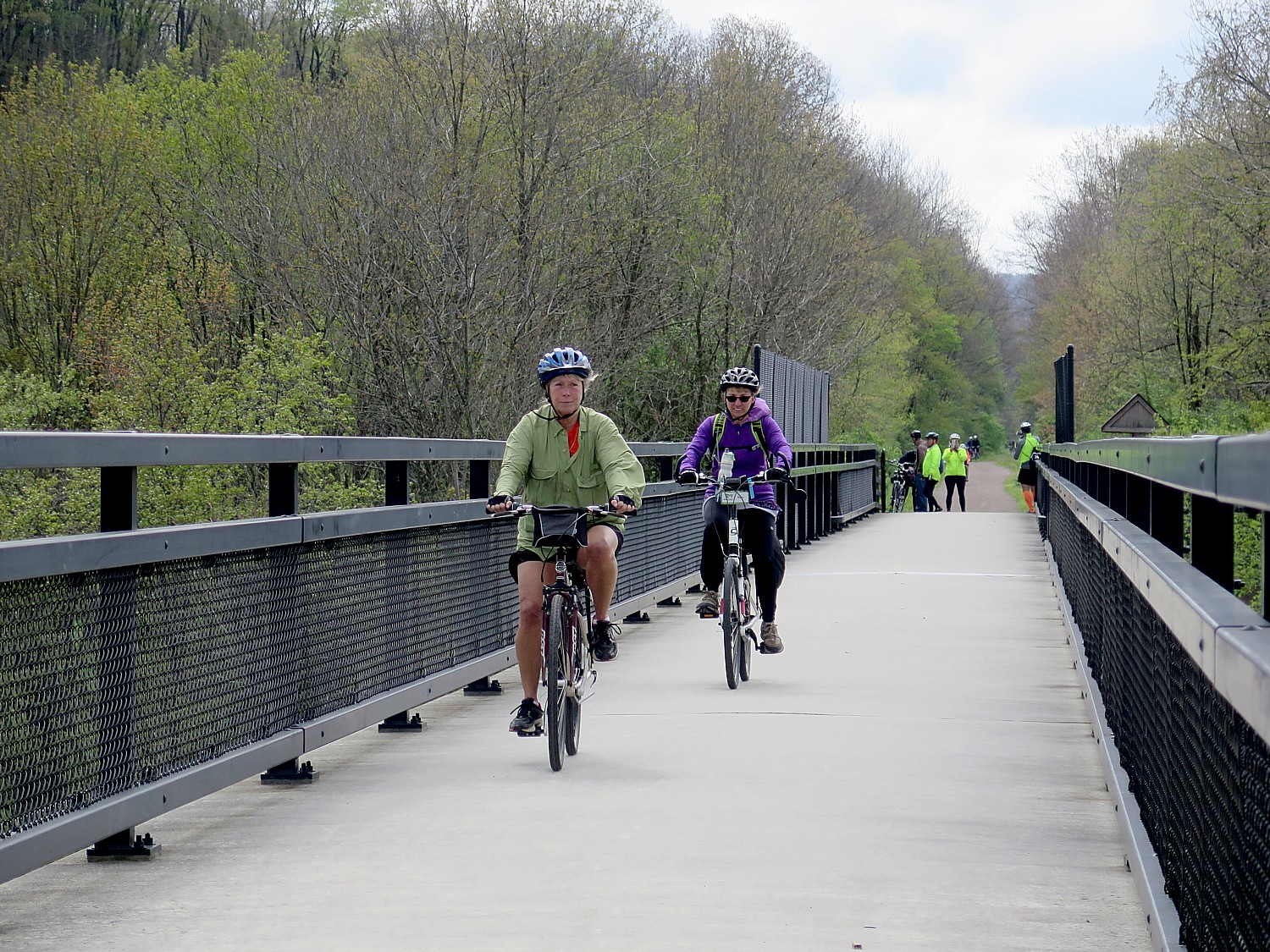
These rides showcase the progress of rail lines that are no longer used converted to biking and multi-use trails, and where there are gaps in the trails that need the support of advocates, communities and government to complete. The Great Allegheny Passage rail trail is on what was the Western Pennsylvania line, which closed in 1975, because it couldn’t compete with the C&O line (that still operates on the other side of the river, and, as it happens, right beside our campsites).
This ride, as it turns out, showcases a success story – the Great Allegheny Passage trail we ride over these three days is exquisite, a testament to the enthusiastic participation and pride of the communities it crosses – wide, with crushed limestone, lovely sitting areas along the way with views to the river, wonderful bridges and tunnels, some bathroom facilities, excellent signage, even “stations” where there are bike repair tools and an air pump. Since its opening, GAP (as it is known) has become one of the most popular trails and was the first inductee in RTC’s Rail-Trail “Hall of Fame.”
Our ride features gorgeous mountain vistas and relaxing river scenes, historic bridges and tunnels that showcase the GAP’s railway heritage. Highlights include Salisbury Viaduct, Casselman River Valley, the Historic Pump House (Homestead) and Great Allegheny Passage Trail towns: Meyersdale, West Newton, Confluence and Ohiopyle.
Offering these supported bike rides is not RTC’s main mission, but the rides are invaluable to raising consciousness and commitment, not just of the riders, but of the communities which are essential. We become ambassadors for the concept of rail-trails,
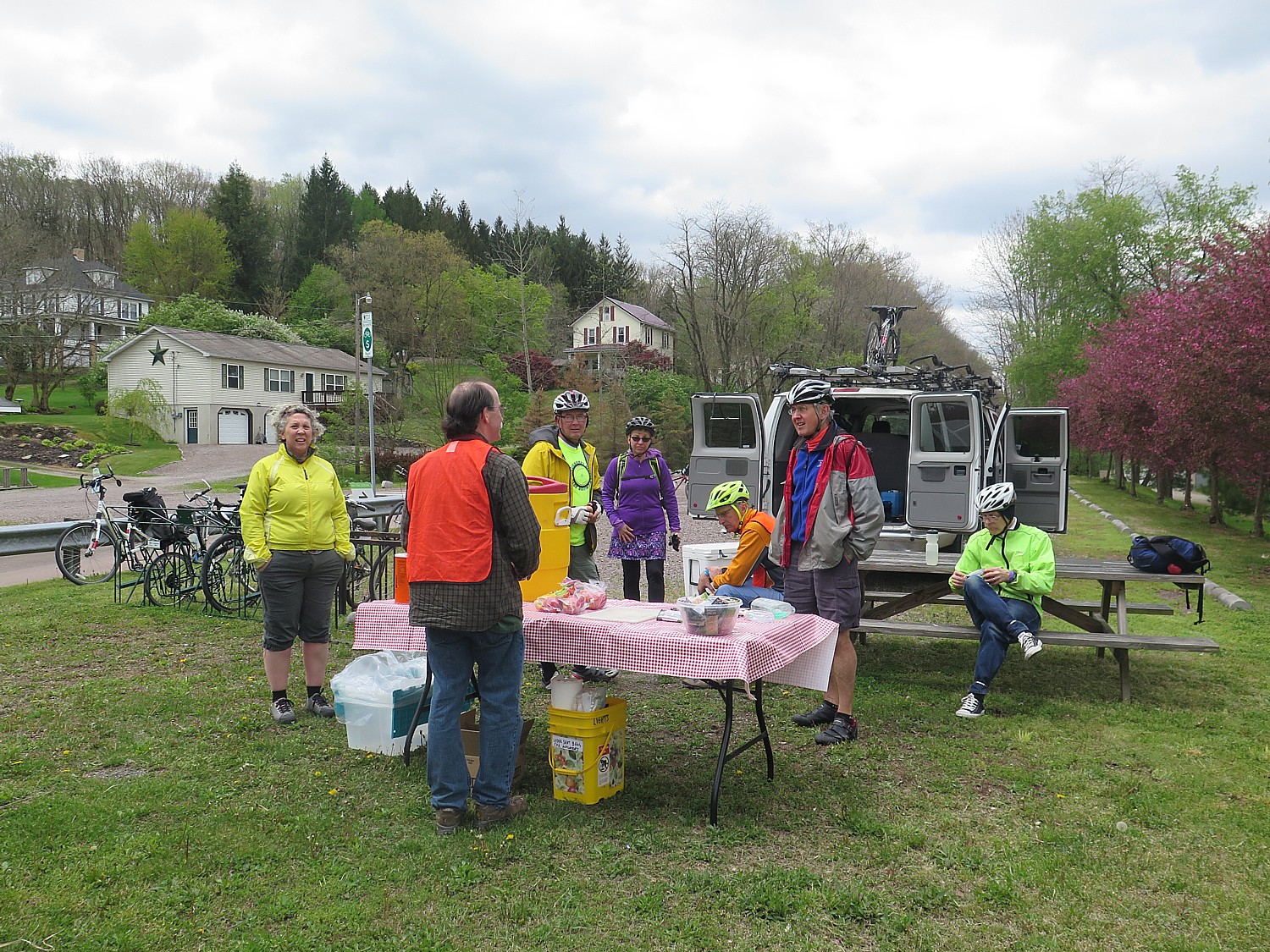
I love these supported rides. RTC’s sojourns are professionally organized by an Ohiopyle-based tour company, Wilderness Voyageurs, which lays out the route, arranges for our camping sites, the trucks, the meals (breakfast and dinner), the support stops.
This ride takes place over Mothers Day, as well as over a work/school day. Nonetheless, there are a number of us who have come on our own, leaving spouse and/or children at home (one mother left her five kids, age 8 to 16 at home with her husband as her Mothers Day gift). These rides are ideal for couples, for families (the ages on this ride range from 8 years old to 82 and a 10-year old can manage the ride), and particularly for single travelers because we become not just a community, but a tribe – a nomadic tribe in fact that picks up stakes and moves on each day. It’s a supported ride which means that our luggage is ferried by truck to the next designated campground where they have arranged dinner and breakfast, a place to charge our phones, bathrooms and showers, provide support stops (with snacks) along the way, leader/volunteers who ride with us and behind, and support vehicle if anyone can’t complete the day’s ride.
Day 1: Meyersdale to Harnedsville, 27.3 Miles
The first day’s ride starts in Meyersdale in the Casselman River Valley, near Pennsylvania’s highest point, Mount Davis (mile 32 from the start of the Great Allegheny Passage trail).
The area was first occupied by the Monongahela Indians, who harvested the sap from maple trees to make maple syrup – and representatives of the Meyersdale Merchants Association greet us with maple candy samples. Known as “Maple City,” Meyersdale has hosted the Pennsylvania Maple Festival every March for more than 60 years.
The town itself is experiencing a renaissance with rail-trail and the completion of a streetscape project. At the trail access, the Western Maryland Railway Station has been turned into a visitor center, with local history exhibits and a retail store. A mural on Main Street (one of several along the Great Allegheny Passage) pays homage to Meyersdale’s roots as a bustling transportation hub for local agriculture, coal and timber. (www.visitmeyersdale.com).
There is a bit of fan-fare as we set out, going through a blow-up arch.
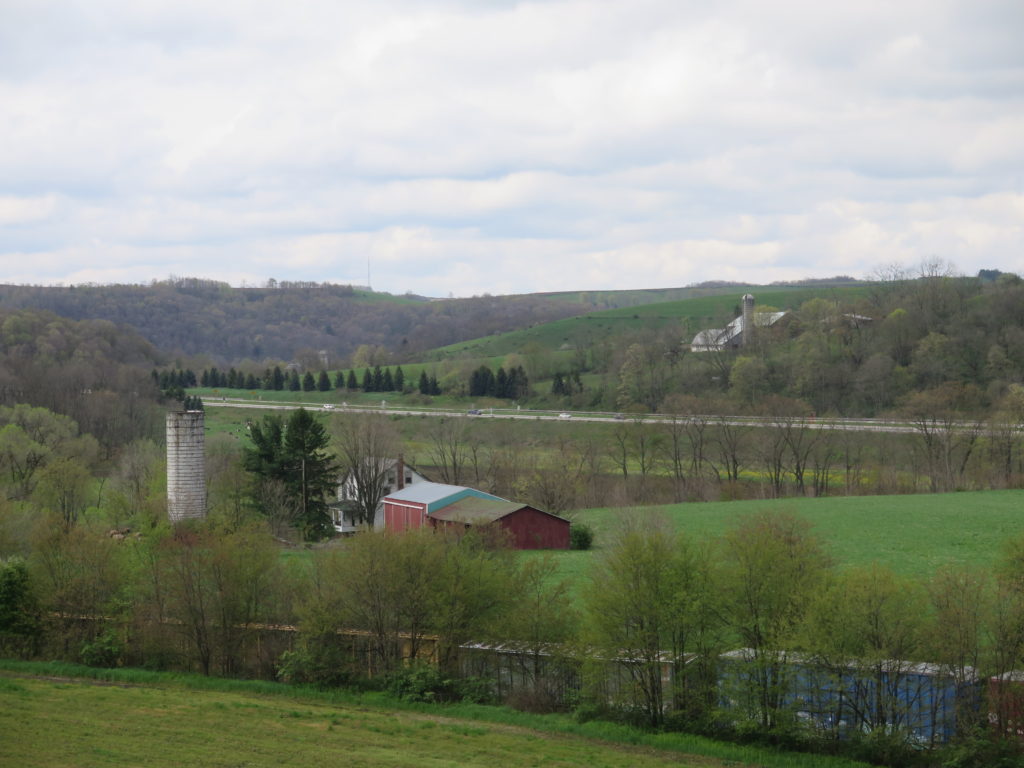
It is clear, sunny day as we set out, but the weather forecast is for clouds and rain. But we soon come to one of the highlights of the GAP: going over the Salisbury Viaduct,: 1,912’ long, built in 1908, it is our first crossing of the Casselman River (this turns out to be one of the top 10 photo views). At the other end, we see a line of wind turbines on stretched out over the hilltops – a fitting testament to what is old is new again. I also come upon an old cemetery – a stone there memorializes Peter G. Meyers who died in 1891, and I wonder if he is the founder of Meyersdale.
Our cue sheets (very well done) also point us to the Wymps Gap Fossil Quarry, at 9.0 miles into the ride. During the Mississippian Period (330 million years ago), Western Pennsylvania was the hsore of a shallow sea. The exposed limestone layers are a fairly thin band of fossil bearing rock sandwiched between layers of shale. It’s marked with a wooden post, labeled GR5 (unfortunately, I miss it)..
At 11.9 miles, we pass Rockwood, where we are recommended for lunch options.
Rockwood is described as a tightly knit rural community, with roots in industry and railroading. The town was laid out in 1857 but boomed after the end of the Civil War, with the Baltimore & Ohio Railroad. By 1884, the town had several mils and shops, four general stores, two grocery stores and four hotels.

A locomotive sculpture at the Rockwood trailhead is a link between the town’s rail history and its present-day “investment” in biking and recreation. You cross the Casselman River to get into the town. There is public art, including a mural that honors trail ambassador Maynard Sembower, who died in 2009 at the age of 100 – a reminder that these improvements are the result of sweat and activism of committed individuals.
The most interesting structure is the Rockwood Mill Shops & Opera House, with a performance space. Lumber and feed were processed in the building for nearly a century, while the opera house hosted visiting and local performers above the mill. The building was restored in 2000 and listed on the National Register of Historic Places. (www.somersetcountychamber.com).
The highlight of today’s ride for me comes at 19.9 miles: riding through the 849‘ long Pinkerton Tunnel. The tunnel was originally built in 1911, collapsed and was rebuilt in a kind of a kwansit hut at a cost of $1.8 million and only reopened in 2015. It is very surreal going through it: Inside, a dizzying array of concentric metallic circles – long, dark, with proverbial light at the end of it.
Shortly after, we cross High Bridge over the Casselman River (our third crossing on the GAP today).

At 27.1 miles, we leave the GAP and follow the signs they have placed for us, for a couple of turns that bring us just a 2/10 of a mile beyond to the grounds of the Turkey Foot High School (which has been on the USA Today’s list of top high schools) where we will camp.
It’s Friday and school is in session, so we aren’t able to enter the school until after 3:30 pm – a little disconcerting because rain is threatening.
I opt to continue down the trail another two miles to the town of Confluence, so named because it is set where three rivers converge. It’s the shape of the three peninsulas that looks just like a turkey’s foot.
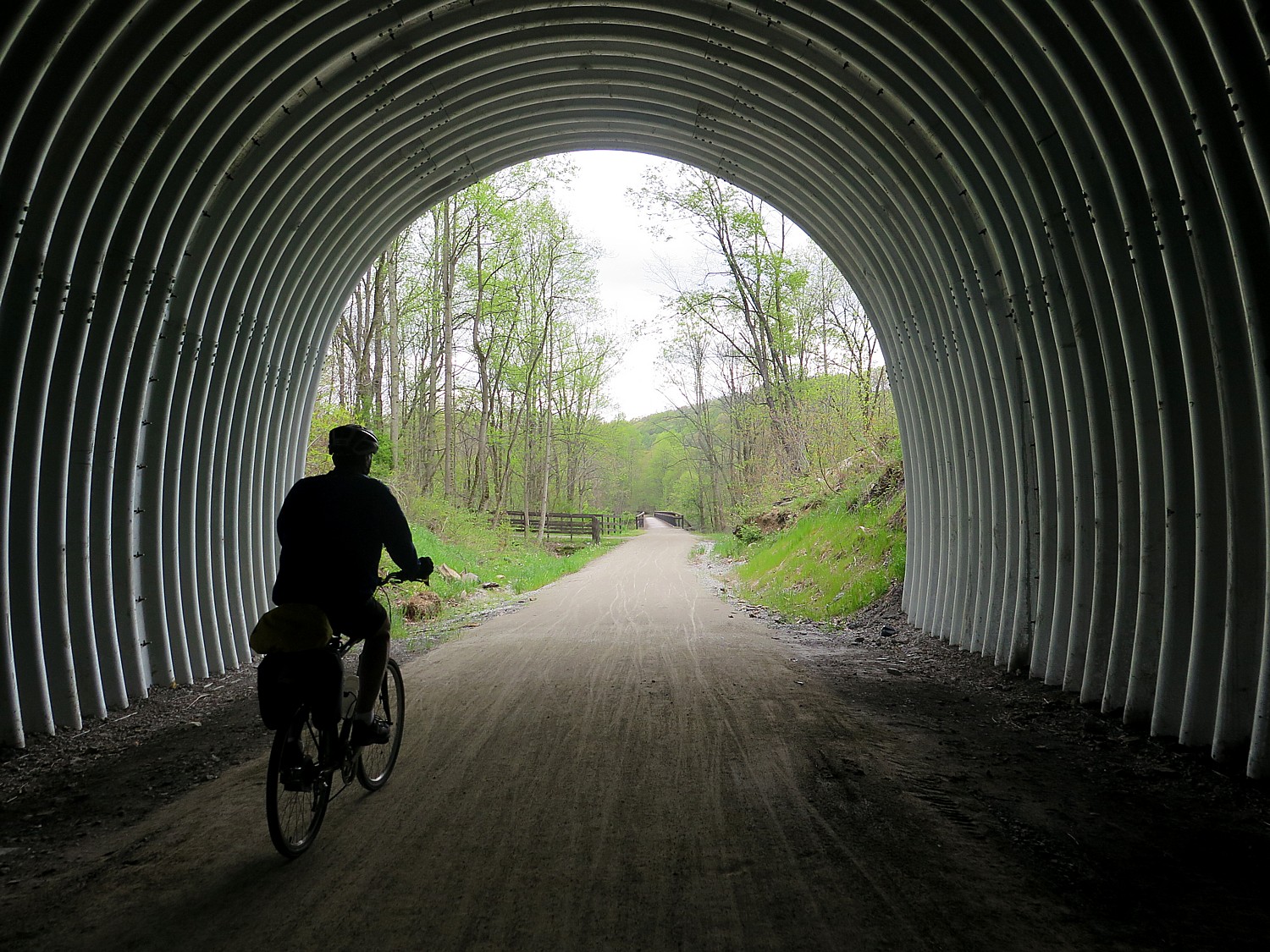
Indeed, in George Washington’s day, this area was called Turkeyfoot by natives and settlers. George Washington, himself, came to the confluence of the rivers in 1754 during the French & Indian War, as he and his soldiers were on their way to the forks of the Ohio River. As we travel the trail in the woods, revitalized and full now that the steel mills and coal mining have shut down, I can easily imagine the wilderness that he saw and the how the Indians would have used the rivers.
The skies have been threatening rain and I return to the campsite.
If we don’t want to set up our own tents, we can use the Comfy Camper service or stay in nearby bed-and-breakfast accommodations. This trip I treat myself to the Comfy Camper service ($118 for the two nights, comfycampers.info, 315-283-0220) and it adds a measure of luxury to the trip: When I arrive, the tent – roomy, comfortable, wonderfully waterproof, with an air mattress, chair and towel – are all ready for me. Shawn Stewart, owner/director, has just finished blowing up the air mattress and I am cozy inside, just as the rain comes down in earnest.
Our dinner is provided by the Turkey Foot Fire Department – another way the Sojourn supports local communities.
Ambassadors for Rail-Trails
Indeed, this is the theme for the Sojourn rides.
During the evening’s presentation, Tom Sexton, Northeast Regional Director of Rails to Trails Conservancy, tells us about the plans to finish the gaps on the trails, and ultimately connect a network of trails stretching through most of the Mid Atlantic.
RTC, in its 30th year, helps finds money and means to build rail-trails. Since 1991, $1 billion spent. Certain amount of transportation money (from fed) has to be spent on things other than highways, airports, bridges, but “other transit.” RTC helps communities, nonprofits, governments come together on how to build rail trail – negotiate with railroad, what surface to use, how to maintain. RTC also offers its members TrailLink – an online tool that helps you find trails and map your ride.
These Sojourns are a means of engaging interest in the rail trials – spotlighting gaps in trails, showcasing successes, and inspiring communities to get involved. The riders become ambassadors – especially with our “license” plates and shirts that announce who we are.
The sojourn also helps show a community (and funding agencies) the economic benefits of trails, as well as its social benefits, building camaraderie, community, and quality of life benefits.
“Towns (like Dunbar) which have fallen on hard times since the railroad left, find the trails revitalize, become the main street. In 15 years since RTC started sojourn rides, we’ve hosted 3400 riders, brought $2.1 billion in spin off to the corridors we ride through.
“We show that an economy built around the rail-trail is sustainable. The money spent stays here, it has low impact. The trail benefits environment and the local people who benefit from trails.”
Indeed, as we ride over the weekend, you see families out and about – the trails provide a healthy, active outdoor activity that families can share together.
RTC has big plans to create a regional network of interconnected trails.
For example, connecting Parkersburg West Virginia, the access for the North Bend Trail (the start of the third Sojourn of this year’s series) to Pittsburgh and the GAP rail trail, which already connects to the 34-mile long Sheepskin Trail out of Dunbar.
Then the idea is to continue on to Clarksburg-Parkersburg trail, which will be 260 miles when finished. At that point, you could start in DC, go to Pittsburgh (on C&O, 183 miles and GAP 150 miles), altogether about 600 miles.
“This is the epicenter of trails in the US,” Sexton says.
But this is only a piece of what is an even bigger grand plan.
Eric Oberg, Director of Trail Development, Midwest Regional Office, speaks of a “Trails Manifest Destiny”:in describing a sprawling network of 1,450 miles of interconnected multiuse trails that will be called “The Industrial Heartland Trail” which together, would be the largest in the country – from DC to Pittsburgh, to Cleveland –Cleveland-Cincinnati-Dayton, Parkersburg, Indianapolis, up to Erie and Buffalo (where you can then connect to the 400-mile long Erie Canalway). Some 48% of these multi-use trails are done, and the hope is to have it completed by 2035.
“It won’t take 80 years, but it will be more than five years” before the manifest destiny is realized, Eric says.
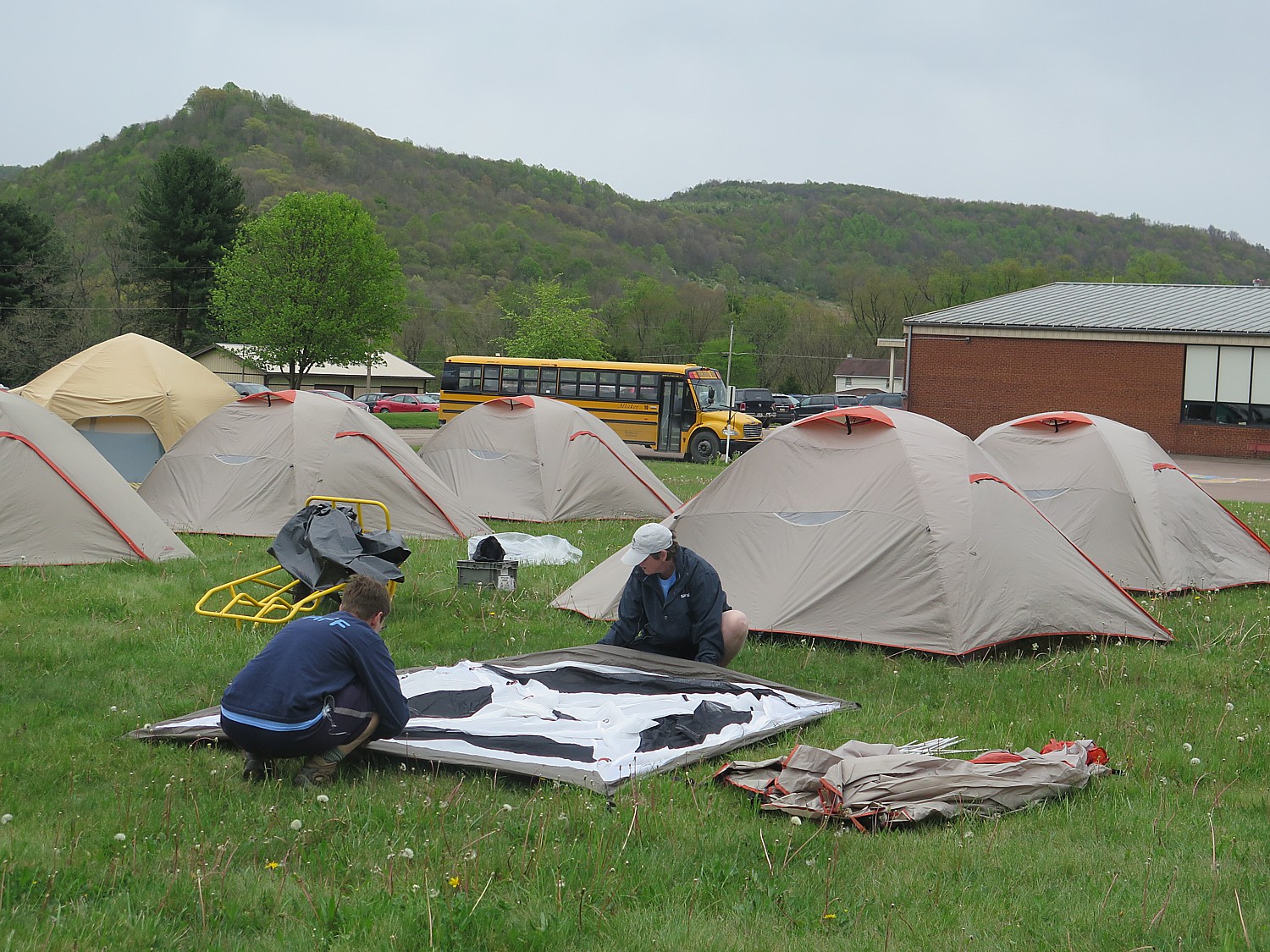
Sojourn Bike Tours
For the first time in the 14 years of hosting a Sojourn bike tour showcasing a rail-trail, the Rail-Trails Conservancy expanded the series to four rides: the first, in Florida, was held in February; the second on the popular Allegheny Passage in Pennsylvania, was May 6-8. The third was a four-day/three-night North Bend Rail Trail out of Parkersburg, West Virginia (June 19-22; and the last was four-days/three nights from Cleveland to Columbus on the Ohio-to-Erie Trail, Ohio in September.
“The Sojourn Series is much more than just a bike ride. It’s a trail building tool for Rails-to-Trails Conservancy, and allows us to pull advocacy into participants’ trail use experience.”
The Sojourn rides are crafted to weave experiences that go beyond simply riding from point A to point B. Each sojourn aims to transform trail users into advocates and create the economic case for trail networks nationwide.
The West Virginia Sojourn showcases the North Bend Rail Trail out of Parkersburg, West Virginia. “It is an incredible trail but does not yet connect to the two communities on either end, Parkersburg and Clarksburg.” This ride serves to bring attention to those gaps and advocate for their completion. The corridor is also part of a much larger trail development effort being undertaken by the Industrial Heartland Trails Coalition.
“The West Virginia ride will allow you to get on a new trail and take part in some of the advocacy that our organization is known for.”
Since 2001, more than 3,000 riders have joined RTC’s sojourns. These rides not only highlight incredible trails, but they also help empower communities to complete trail networks that will benefit the entire region.
Equally importantly, they highlight the economic benefit to communities, particularly those who have seen older industries shut down, along with the rail lines.
RTC’s 2015 Pennsylvania Rail-Trail Sojourn brought visitors from 35 states and had an economic impact of more than $245,000 – something significant for a town like Dunbar, Pennsylvania, which once depended upon coal and railroads.
The rail-trail could be an engine for a new economy fueled by lodging, restaurants and gear shops. RTC estimates that the GAP would generate more than $40 million in direct spending from trail users annually.
“The Sojourn Series is a real-world example that show how trails can provide an economic boon to local economies,” says Liz Thorstensen, vice president of trail development for RTC. “By providing these rides, we’re creating more opportunities for people to experience and advocate for these trail networks.”
For more information about the rides and to register, visit railstotrails.org/sojourn.
Rails-to-Trails Conservancy, a nonprofit organization with more than 160,000 members and supporters, is the nation’s largest trails organization dedicated to connecting people and communities by creating a nationwide network of public trails, many from former rail lines. Founded in 1986, Rails-to-Trails Conservancy’s national office is located in Washington, D.C., with regional offices in California, Florida, Ohio and Pennsylvania. For more information, visit www.railstotrails.org.
These rides are organized by Wilderness Voyageurs which offers many different biking and rafting trips including inn to inn biking trips, across the US and international: 800-272-4141, Wilderness-Voyageurs.com.
Next: Great Allegheny Passage Rails-to-Trails Conservancy Sojourn Continues
See also:
One Day, Two Nights in Pittsburgh: From Grey to Green, A Proud City Revitalized
36 Hours in Pittsburgh: Point State Park Proves Highlight of Walking Tour
36 Hours in Pittsburgh: Andy Warhol Museum is at Center of Revitalized City
36 Hours in Pittsburgh: Strip District Exemplifies City’s Past, Future
____________________
© 2016 Travel Features Syndicate, a division of Workstyles, Inc. All rights reserved. Visit goingplacesfarandnear.com and travelwritersmagazine.com/TravelFeaturesSyndicate/. Blogging at goingplacesnearandfar.wordpress.com and moralcompasstravel.info. Send comments or questions to [email protected]. Tweet @TravelFeatures. ‘Like’ us at facebook.com/NewsPhotoFeatures


